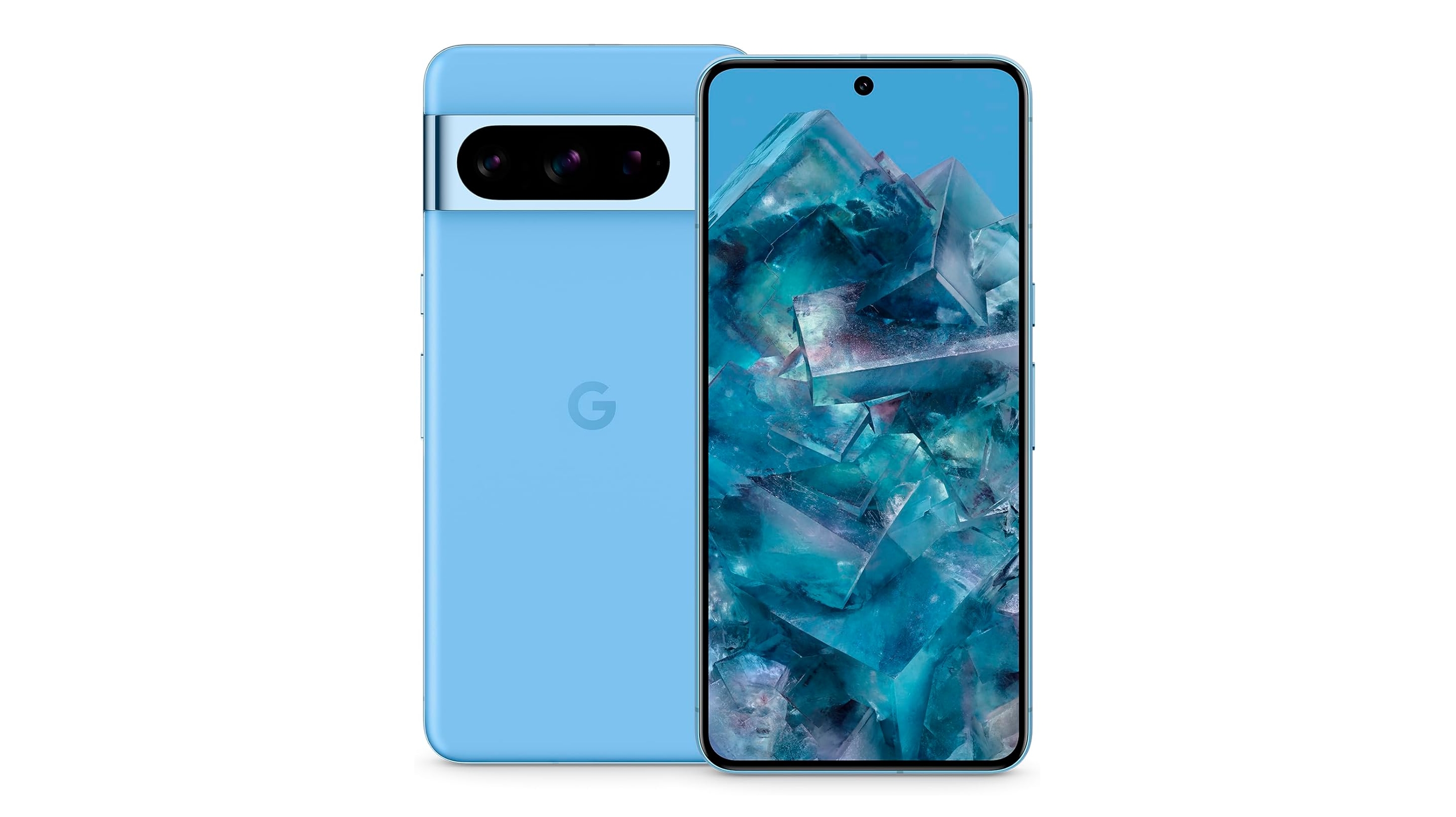
Weight: 213g
Dimensions: 162.6 x 76.5 x 8.8mm
Screen size: 6.7-inch
Resolution: 1344 x 2992
Chipset: Google Tensor G3
RAM: 12GB
Storage: 128GB / 256GB / 512GB / 1TB
Battery: 5,050mAh
Rear camera: 50MP+48MP+48MP
Front camera: 10.5MP
The Pixel 8 Pro has a superb screen and clever cameras, AI smarts off across-the-board benefits but have a particular talent when it comes to photo and video editing. It lacks the power of the Samsung, though.
For
- Great new cameras
- Better battery life
- A very bright screen
Against
- More expensive than before
- Some AI features feel creepy
- Less powerful than rivals
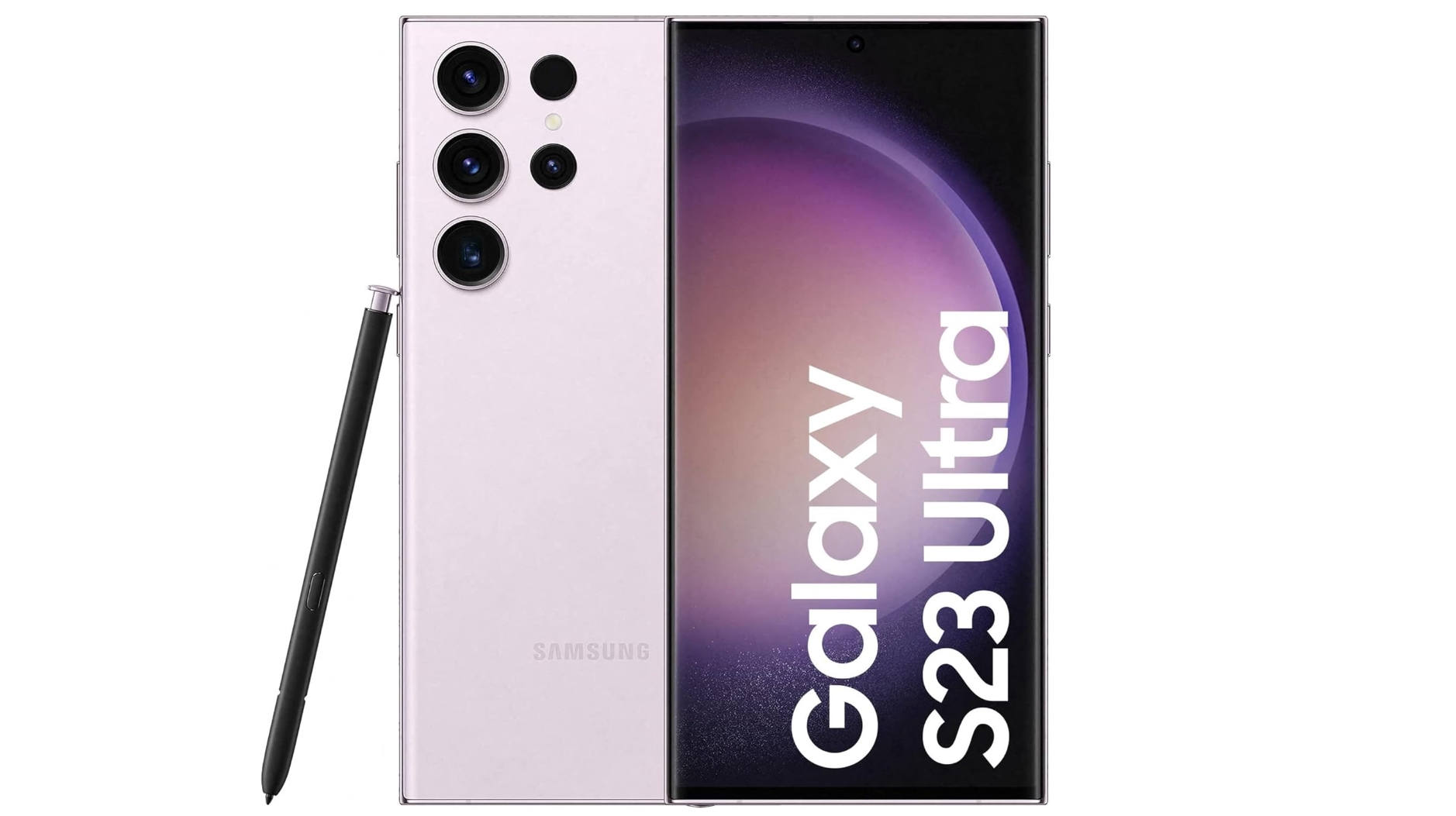
Weight: 234g
Dimensions: 78.1 x 163.4 x 8.9mm
Screen size: 6.8-inch
Resolution: 1440 x 3088
Chipset: Snapdragon 8 Gen 2 for Galaxy
RAM: 8GB / 12GB
Storage: 256GB / 512GB / 1TB
Battery: 5,000mAh
Rear camera: 200MP+12MP+10MP+10MP
Front camera: 12MP
Provided you're not dissuaded by the Galaxy S23 Ultra's steep asking price, in every other regard you'll be getting one of the best phones in the world. What it lacks in Google's AI talents, it makes up for in raw horsepower.
For
- Bespoke Qualcomm Snapdragon 8 Gen 2 chipset
- More base storage than predecessor
- Functional refinements
Against
- Faster charging would have been nice
- Looks identical to predecessor
- Seriously expensive
We all know that the flagship iPhone right now is the 15 Pro Max, but what would you say is the Android equivalent? We could probably whittle it down to just two contenders: the Google Pixel 8 Pro and the Samsung Galaxy S23 Ultra.
It’s a tricky one, given the inherently open nature of Android and the sheer number of manufacturers making brilliant premium phones right now. But these are the two Android phones with the biggest claims to the throne.
The Pixel 8 Pro is nothing less than the current standard bearer for Android itself, made by the very same company that produces the world’s most popular mobile OS. As for the Galaxy S23 Ultra, it’s the latest in a long line of the best Android phones on the market.
We won’t adjudicate on which is the quintessential Android representative right now, but we can offer a forensic breakdown on which is the better phone.
Google Pixel 8 Pro vs Samsung Galaxy S23 Ultra: specs comparison
Before we get to an in-depth breakdown of how these two phones compare, here’s a brief overview of their key specs.
| Google Pixel 8 Pro | Galaxy S23 Ultra | |
|---|---|---|
| Dimensions: | 162.6 x 76.5 x 8.8mm | 163.4 x 78.1 x 8.9mm |
| Weight: | 213g | 234g |
| Display: | 6.7-inch 'Super Actua' LTPO OLED | 6.8 inch 120Hz Dynamic AMOLED 2X |
| Resolution: | 1344 x 2992 | 1440 x 3088 |
| Refresh rate: | Adaptive 1Hz to 120Hz | Adaptive 1Hz to 120Hz |
| Chipset: | Google Tensor G3 | Snapdragon 8 Gen 2 for Galaxy |
| RAM: | 12GB (LPDDR5X) | 8GB, 12GB (LPDDR5X) |
| Storage | 128GB, 256GB, 512GB, 1TB (UFS 3.1) | 256GB, 512GB, 1TB (UFS 4.0) |
| Rear cameras: | 50MP wide, 48MP ultra-wide, 48MP 5x zoom | 200MP wide, 12MP ultra-wide, 10MP 3x telephoto, 10MP 10x telephoto |
| Front camera: | 10.5MP | 12MP |
| Battery: | 5,050mAh | 5,000mAh |
| Charging: | 30W wired, 23W wireless (2nd-gen Pixel Stand), 12W wireless (Qi) | 45W (wired) + wireless & reverse wireless |
| Colors: | Obsidian, Porcelain, Bay | Phantom Black, cream, green, lavender, Sky Blue, graphite, lime, red |
Google Pixel 8 Pro vs Samsung Galaxy S23 Ultra: price and availability
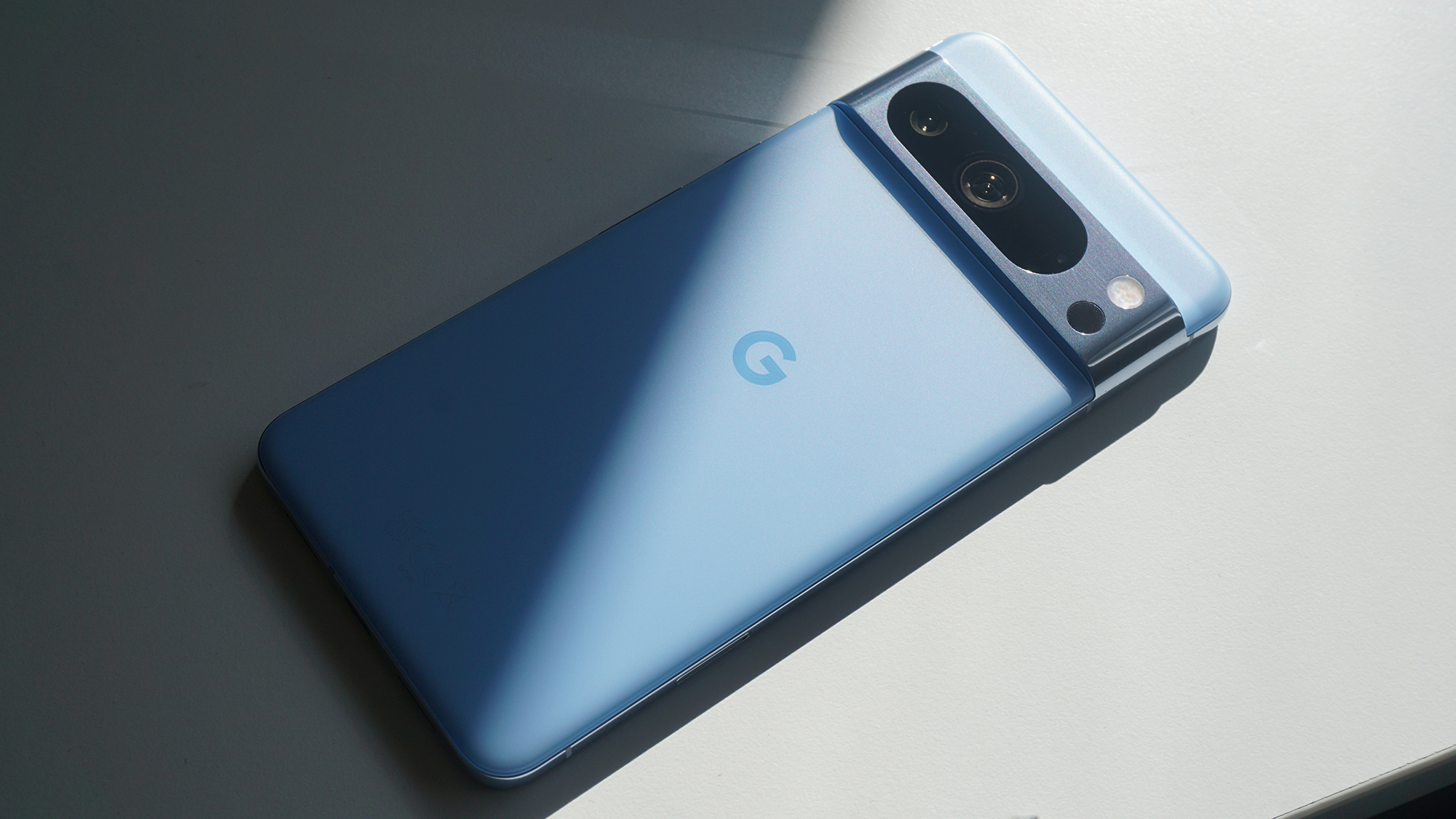
The Google Pixel 8 Pro landed in shops on October 12, 2023, while the Samsung Galaxy S23 Ultra beat it to market by about eight months, arriving on February 17.
Google Pixel 8 Pro pricing starts from $999 / £999 / AU$1,699 for 128GB of storage. The 256GB model costs $1,059 / £1,059 / AU$1,799, while the 512GB model will set you back $1,179 / £1,179 / AU$1,999, with the range-topping 1TB model costing $1,399. There is no 1TB option in the UK and Australia.
As for the Samsung Galaxy S23 Ultra, the entry-level 8GB RAM / 256GB model starts from $1,199.99 / £1,249 / AU$1,949, while the 12GB / 512GB model costs $1,379.99 / £1,399 / AU$2,249, and the 12GB / 1TB top model costs $1,619.99 / £1,599 / AU$2,649.
Whether you’re comparing the prices of the two entry models, then, or going spec for spec with the respective 12GB / 512GB and 12GB / 1TB models, the Pixel 8 Pro is significantly cheaper than the Samsung Galaxy S23 Ultra. The latter’s longer time on the market, however, means you’re likely to be able to find some great Samsung Galaxy S23 Ultra deals, which evens things up somewhat.
Google Pixel 8 Pro vs Samsung Galaxy S23 Ultra: design and display
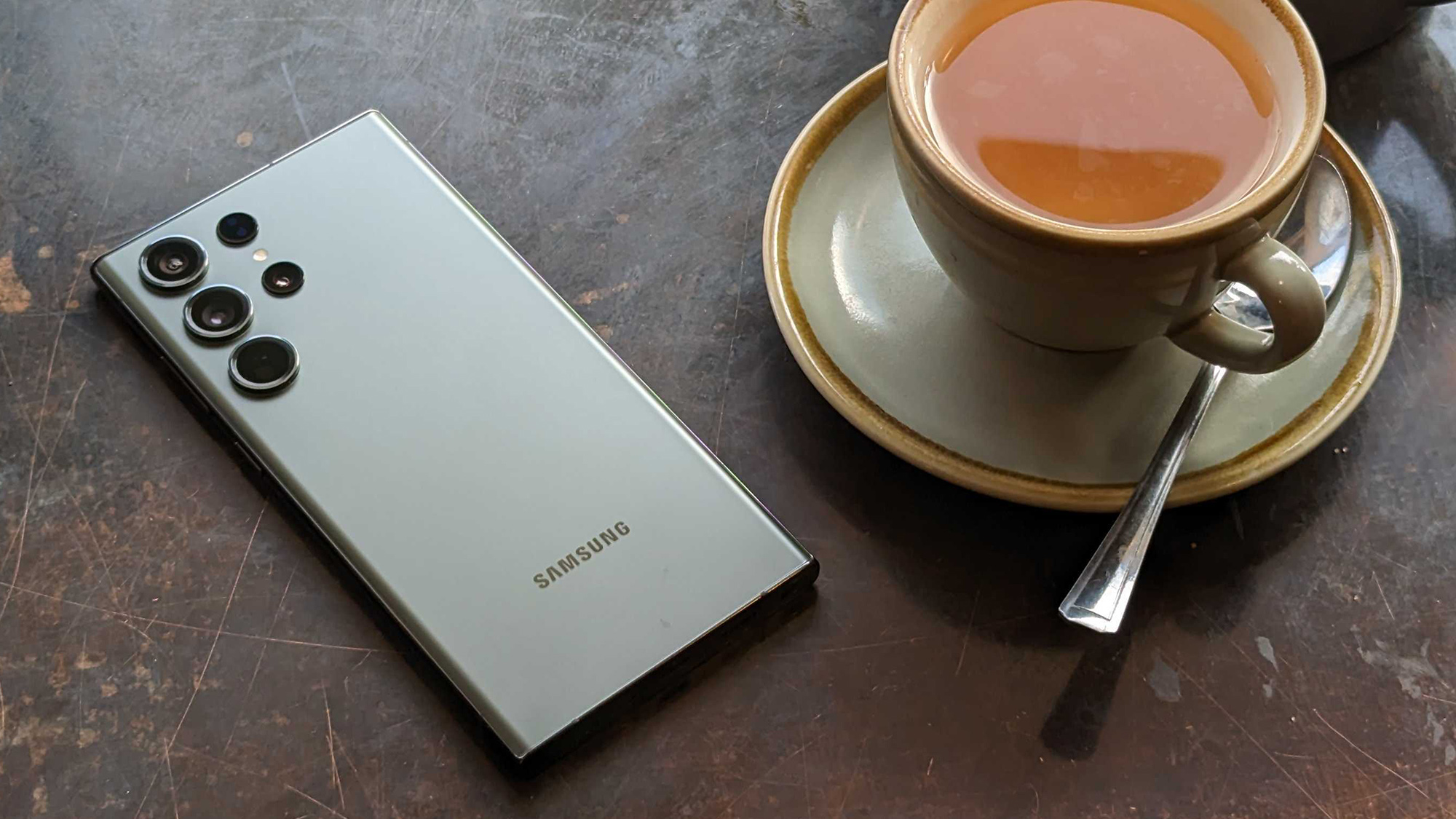
Make no mistake, these are two big phones, but the Samsung Galaxy S23 Ultra is bigger in every way. At 234g, it’s also 31g heavier. That’s a pretty substantial difference.
Rather refreshingly, these two paragons of Androidhood don’t look much like one another. While beholden to the design language of their predecessors, they represent two distinct ideas about how a modern phone should look and feel.
The Google Pixel 8 Pro is all curves and swooping lines, even with its display now losing the pronounced dual-curved edges of the Pixel 7 Pro. This is emphasised by a width-spanning camera band that melds seamlessly into the shiny aluminum frame.
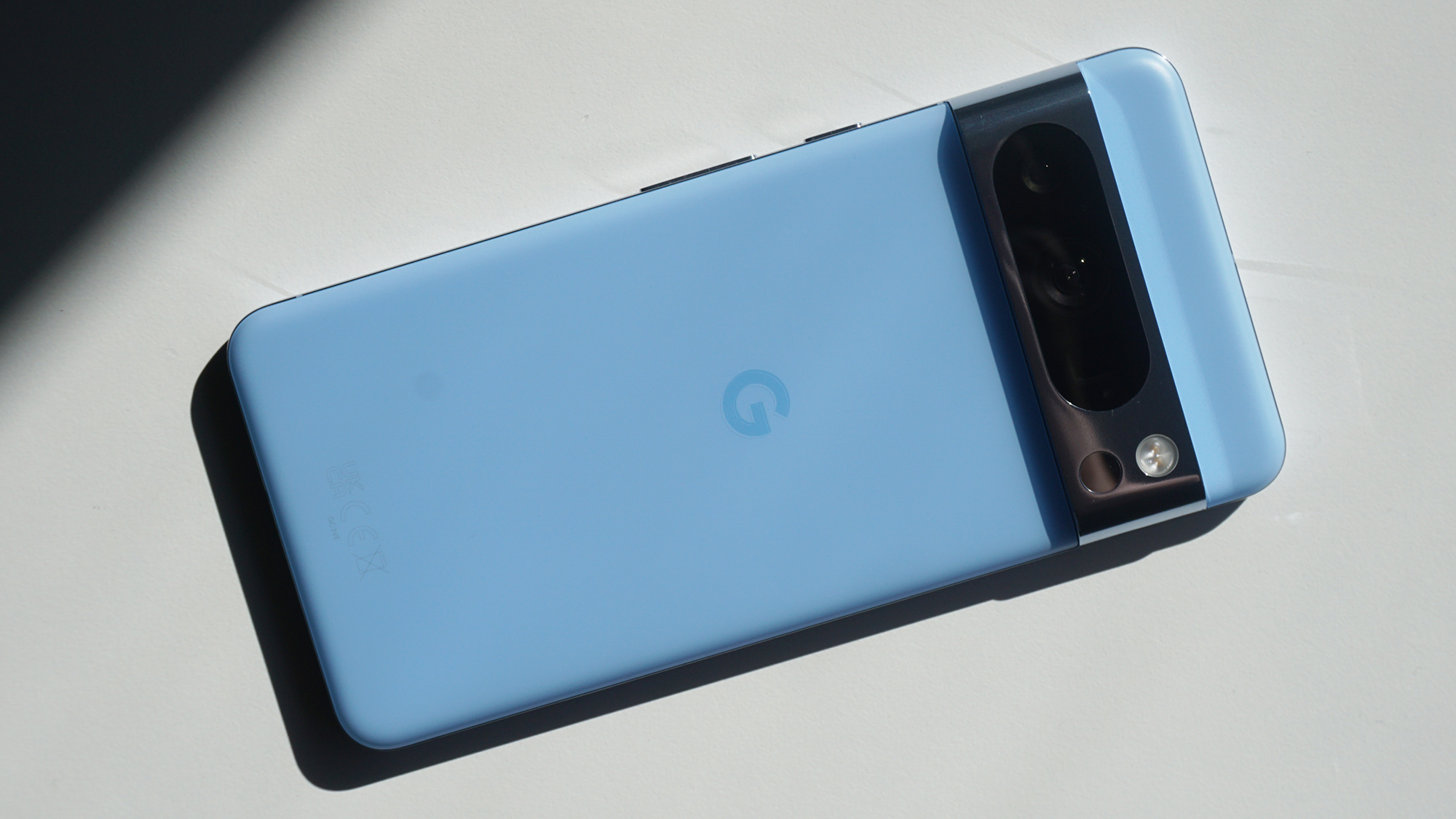
In the opposite corner, the Samsung Galaxy S23 Ultra takes on a far more severe – some might say 'industrial' – look. Its top and bottom edges are dead flat, while the left and right edges curve around quite abruptly. It’s an altogether blockier phone.
Samsung has stripped back any sense of camera module theatrics with a brutally simple 'floating island' arrangement, with each component poking through the bare Gorilla Glass Victus 2 surface – a tough glass material that both phones use front and back.
Both phones have their stand-out design features. With the Galaxy S23 Ultra, it has to be the S-Pen stylus, which is housed on the bottom edge. With this, the S23 Ultra becomes a flexible and powerful writing and sketching tool.
Google’s unique feature is far more gimmicky, in the form of a temperature sensor on the rear camera band. With no officially endorsed health applications, the use case scenarios are pretty limited at present.
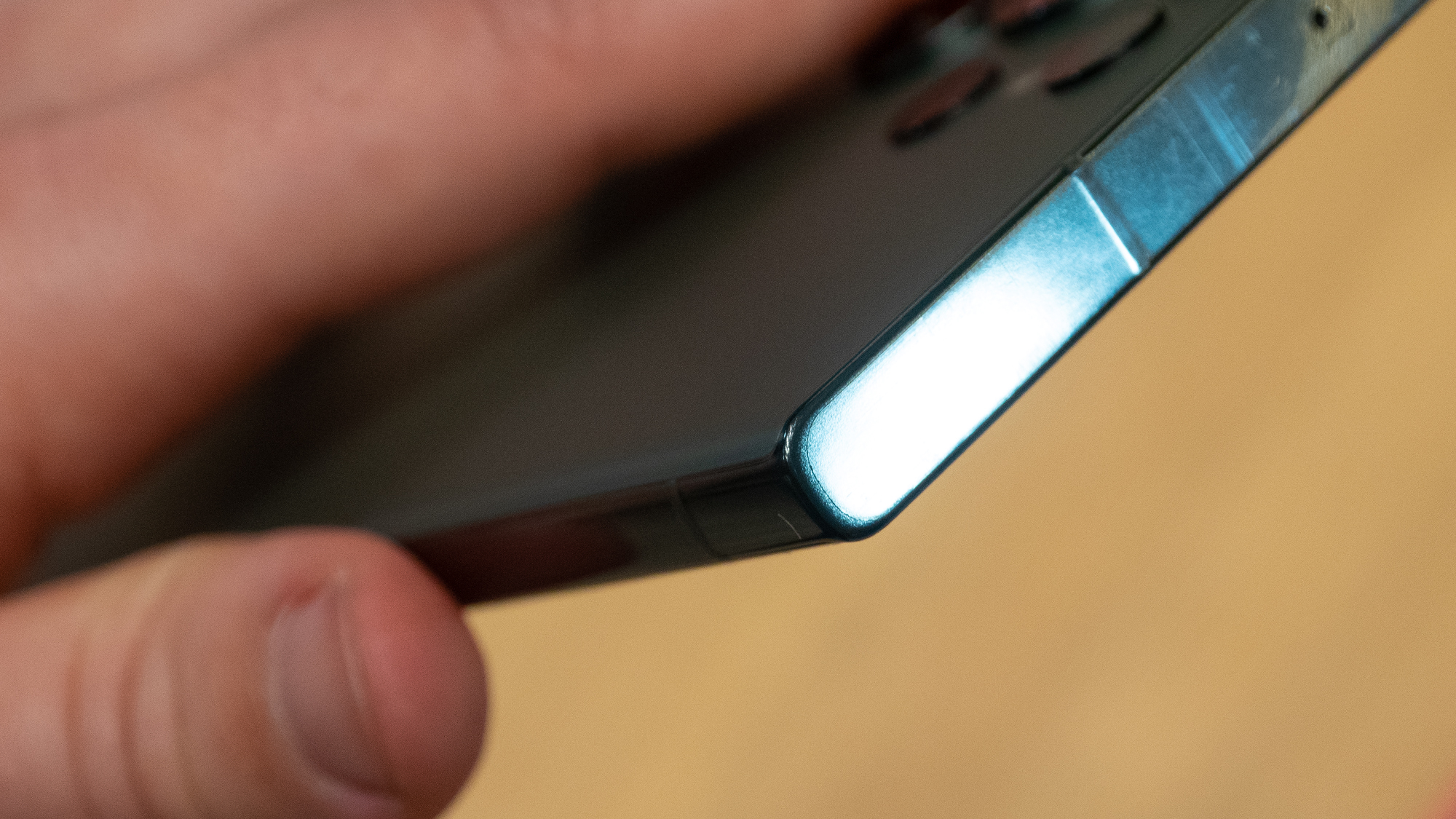
Big flagship phones mean big OLED screens, with the Galaxy S23 Ultra boasting a 6.8-inch display, and the Pixel 8 Pro coming in a little smaller with a 6.7-inch equivalent. Both displays can automatically adjust their refresh rates between 1 and 120Hz, and both have always-on functionality.
Interestingly, the Galaxy S23 Ultra's screen gets a little sharper at 1440 x 3088, compared to the Pixel 8 Pro’s 1344 x 2992. In practical terms the difference is negligible, to the tune of 489ppi for the Pixel and 500ppi for the Galaxy.
Both of these displays get very bright indeed, though the Pixel 8 Pro has the edge on paper with a peak of 2,400nits, compared to the Galaxy S23 Ultra’s 1,750nits. In practical usage, they both get extremely bright.
We had absolutely no criticism about either display. They’re both big, bright, sharp, and extremely color-accurate.
Google Pixel 8 Pro vs Samsung Galaxy S23 Ultra: cameras
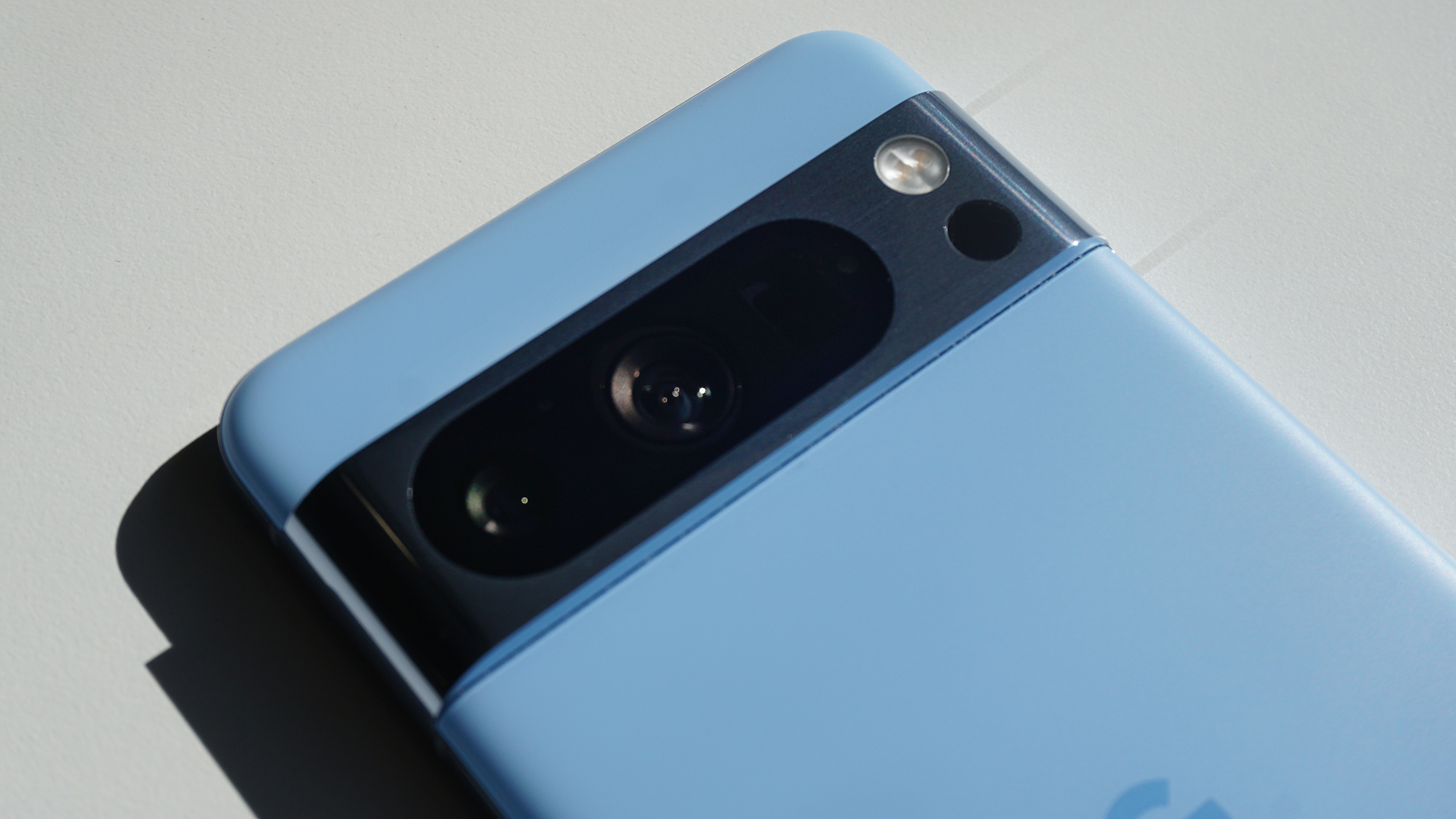
Google hasn’t rung the changes with the Pixel 8 Pro camera. It packs a similar set-up to the Pixel 7 Pro, with a 50MP main sensor and a 48MP 5x telephoto. New this time is a pixel-packed 48MP ultra-wide.
We’ve always liked Google’s contrasty color science, while its processing magic makes light of challenging situations, balancing out uneven lighting. The Pixel 8 Pro is better than the Galaxy S23 Ultra in those extreme HDR situations, as well as in low light scenarios.
The real magic here comes after the shot is taken, however. Google’s image processing and machine learning smarts mean that you can erase unwanted background elements with Magic Eraser.
New to the Pixel 8 Pro is the ability to make everyone smile at once in a group shot. It’s a little uncanny, and we still don’t quite know how we feel about it, but it works.
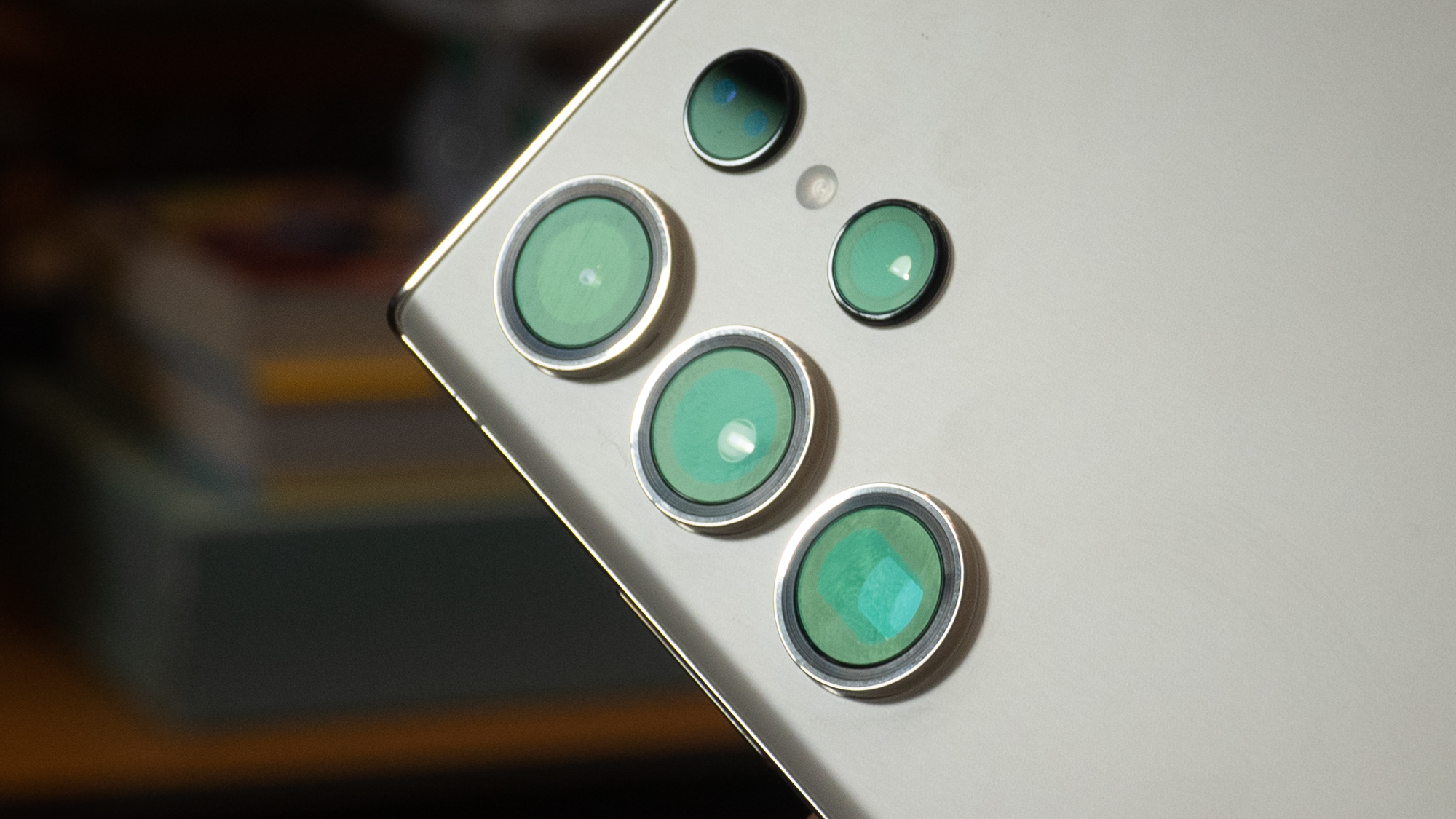
For much of 2023 we rated the Samsung Galaxy S23 Ultra to be the best camera phone on the market, and it remains one of the very best at what it does.
The key to its strength is its incredible versatility. Where most of its rivals (including the Pixel 8 Pro) go for triple camera systems, the Galaxy S23 Ultra goes with four sensors – and every one earns its place.
Besides its huge 200MP main camera and its 12MP ultra-wide, you get a pair of 10MP telephoto cameras covering 3x and 10x optical zoom lengths. Put simply, no other smartphone camera is as good at picking out distant subjects, including the Pixel 8 Pro with its single 5x telephoto camera.
Google Pixel 8 Pro camera samples
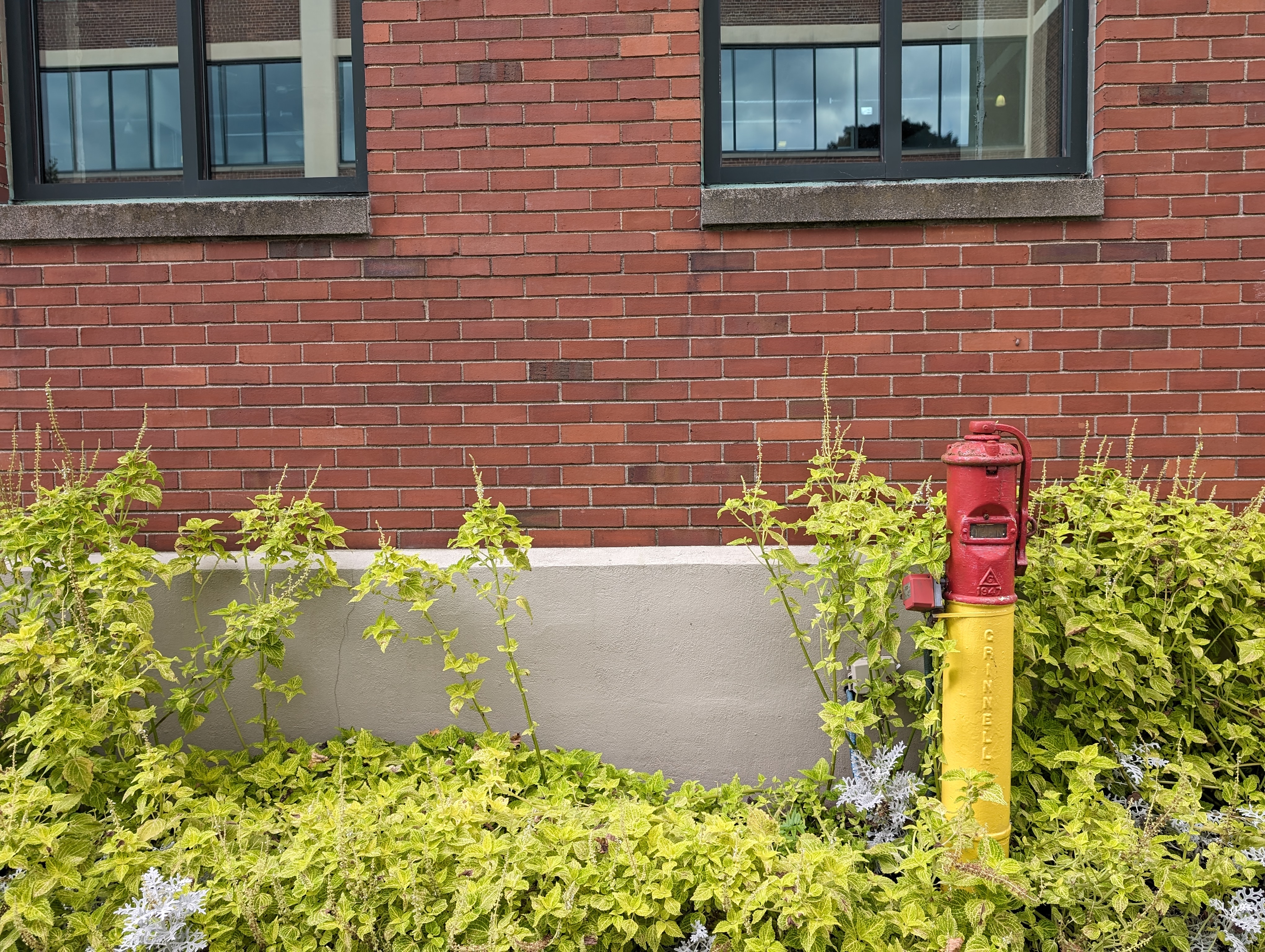
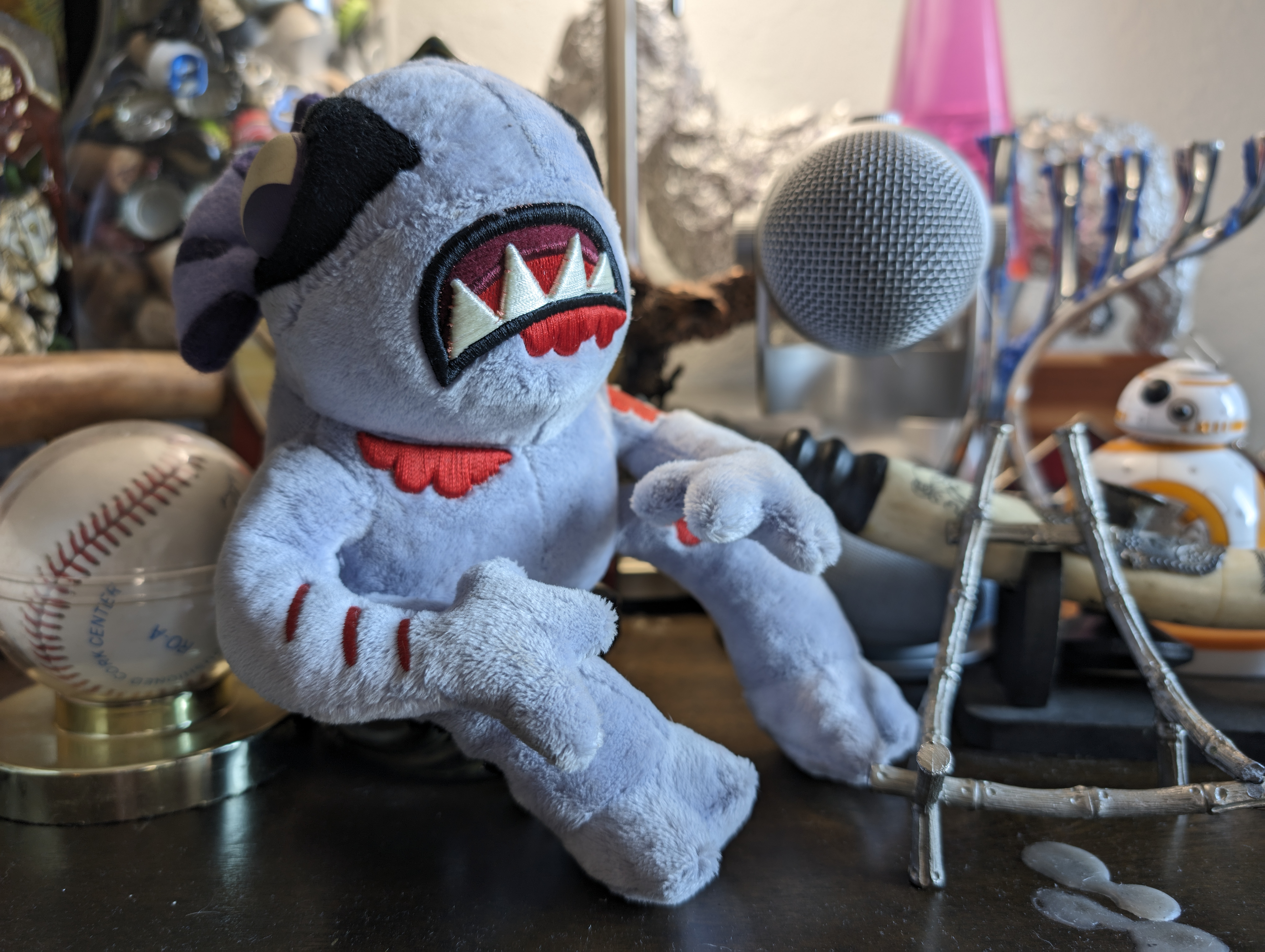






Samsung Galaxy S23 Ultra camera samples

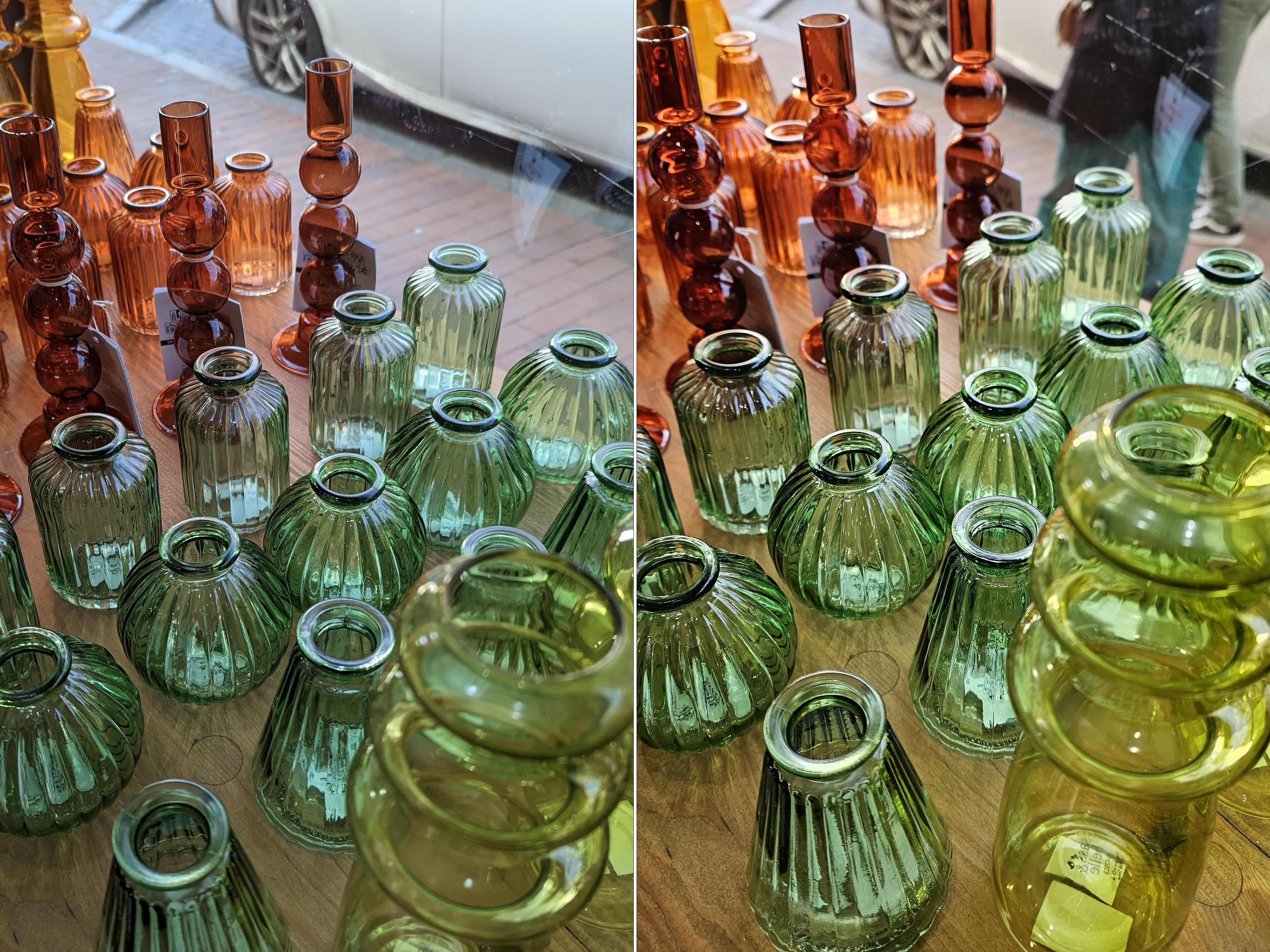
Pixel 7 Pro (left) | Galaxy S23 Ultra (right)
While both phones capture color beautifully, opt for the S23 Ultra if you like your colors and contrast with a little more pop, as standard.

The versatility of the S23 Ultra's camera is bolstered by its outstanding stabilization and impressive post-processing, retaining exceptional detail and color consistency across its entire zoom range in well-lit scenarios.
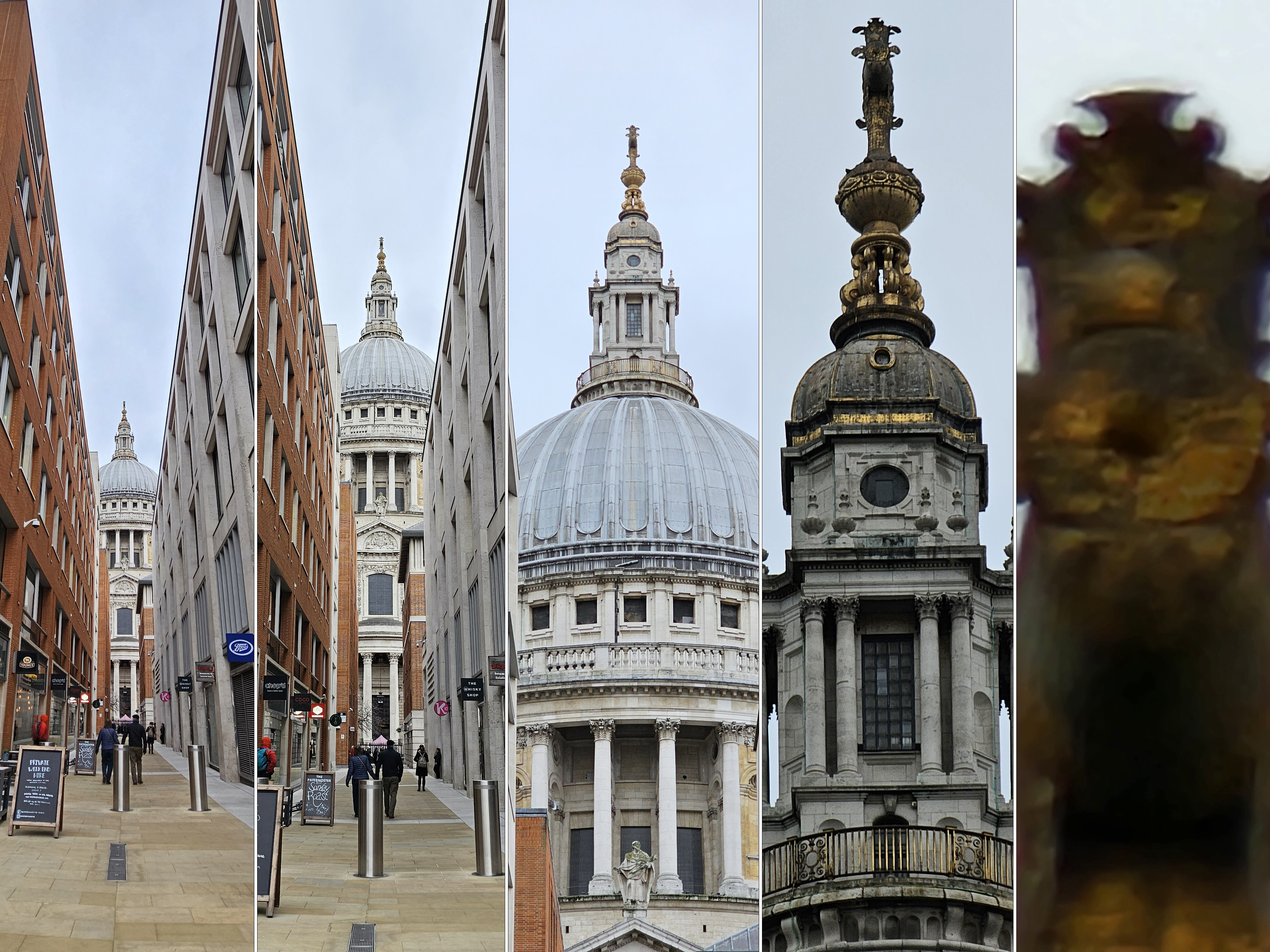
The S23 Ultra seems to default to matrix metering when using the standard photo mode, which usually yields great results but in higher contrast scenarios can lead to under or over-exposure of your subject (as seen in the 10x and 100x samples above).
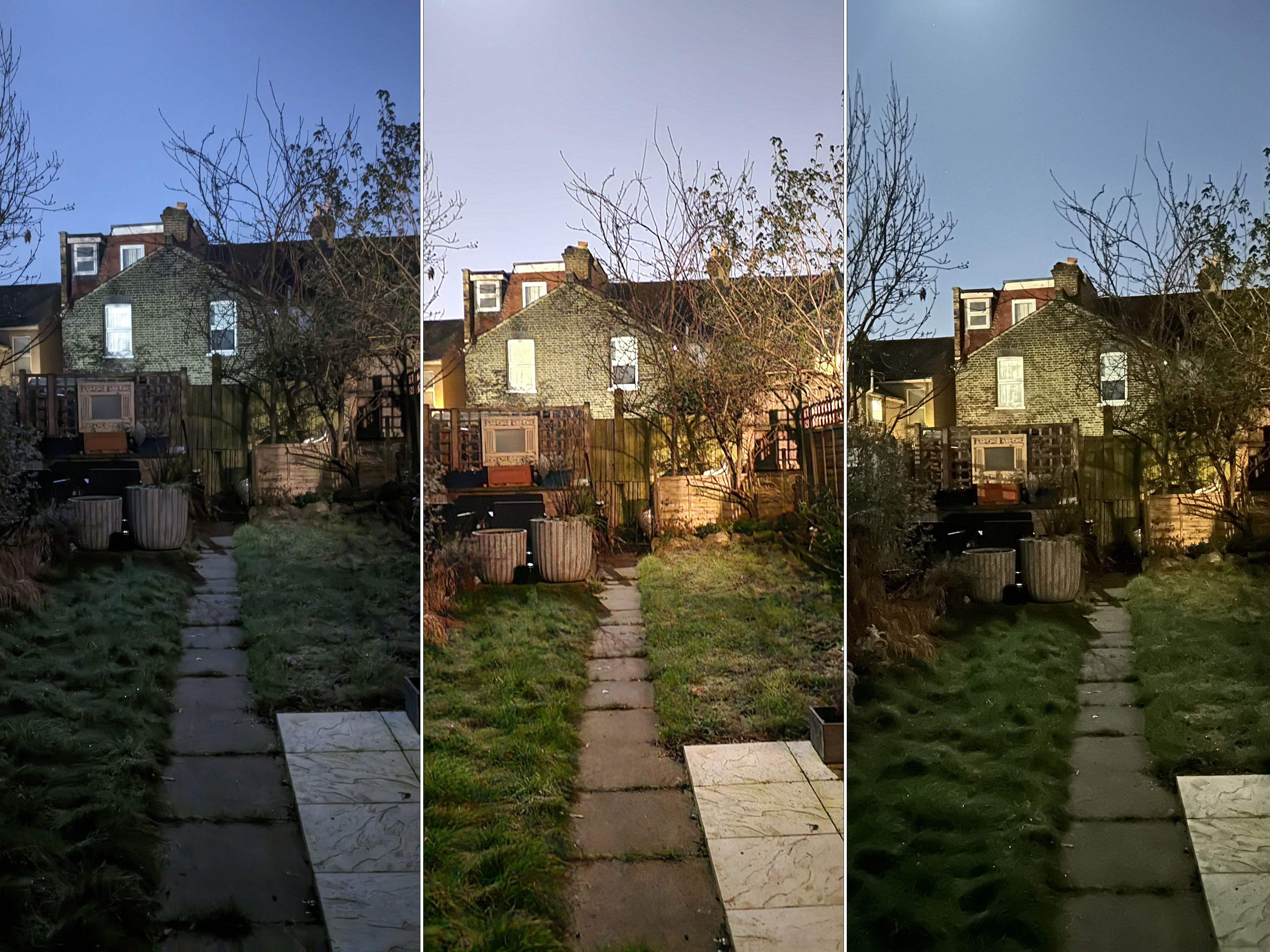
Pixel 7 Pro (left) | Galaxy S23 Ultra (center) | iPhone 14 Pro Max (right)
In very dark environments, the S23 Ultra handles night mode shooting very differently to its lead rivals, bring exposure up, revealing more in the darker areas of a scene, but sometimes at the expense of color accuracy and fine detail.
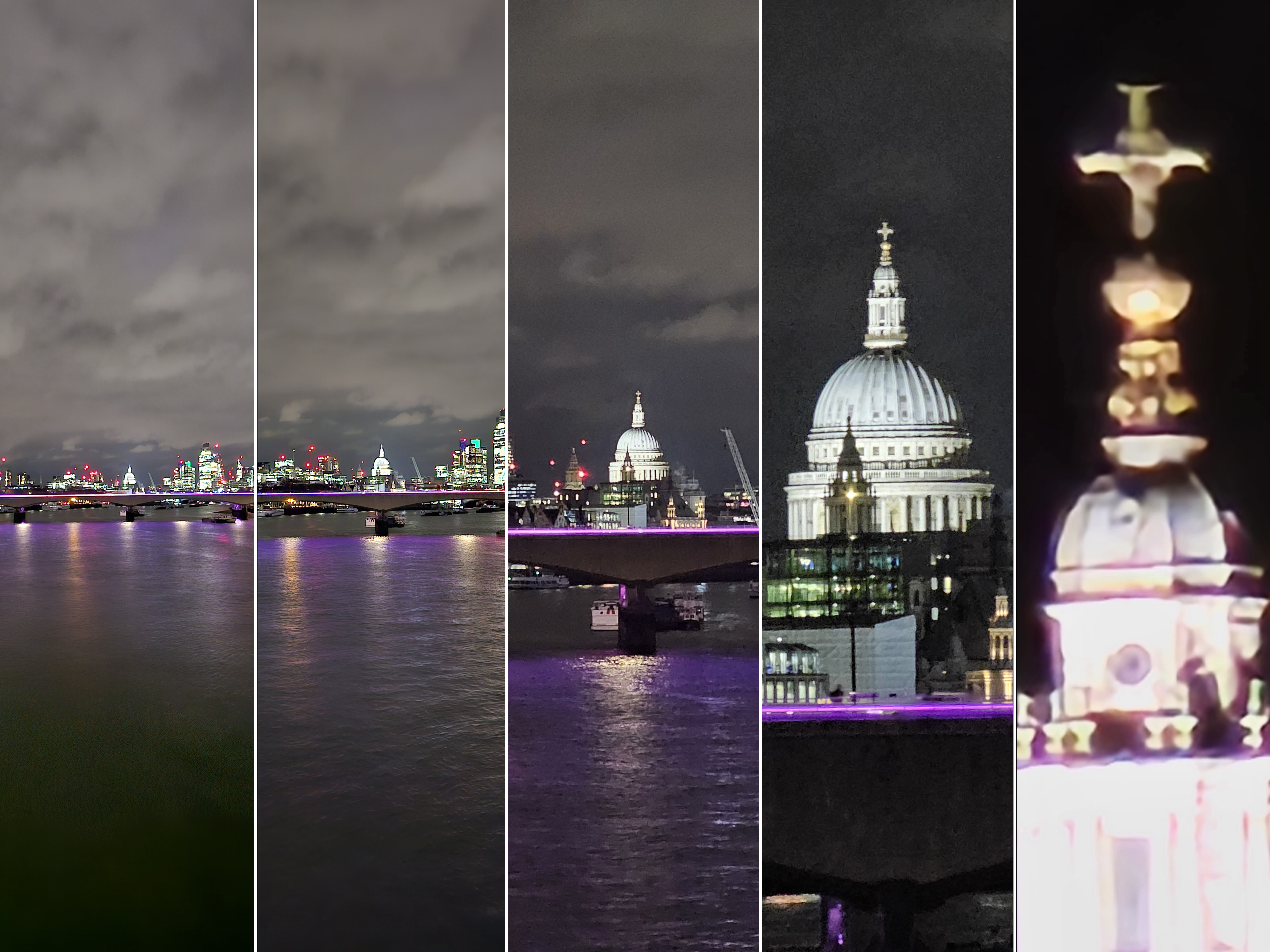
Samsung's efforts in 'nightography' aren't just hyperbole, it's a phenomenal phone for low-light shooting, even if results are a little stylized. What's more impressive is that it can deliver across the whole zoom range, especially up to its optical zoom ceiling of 10x.
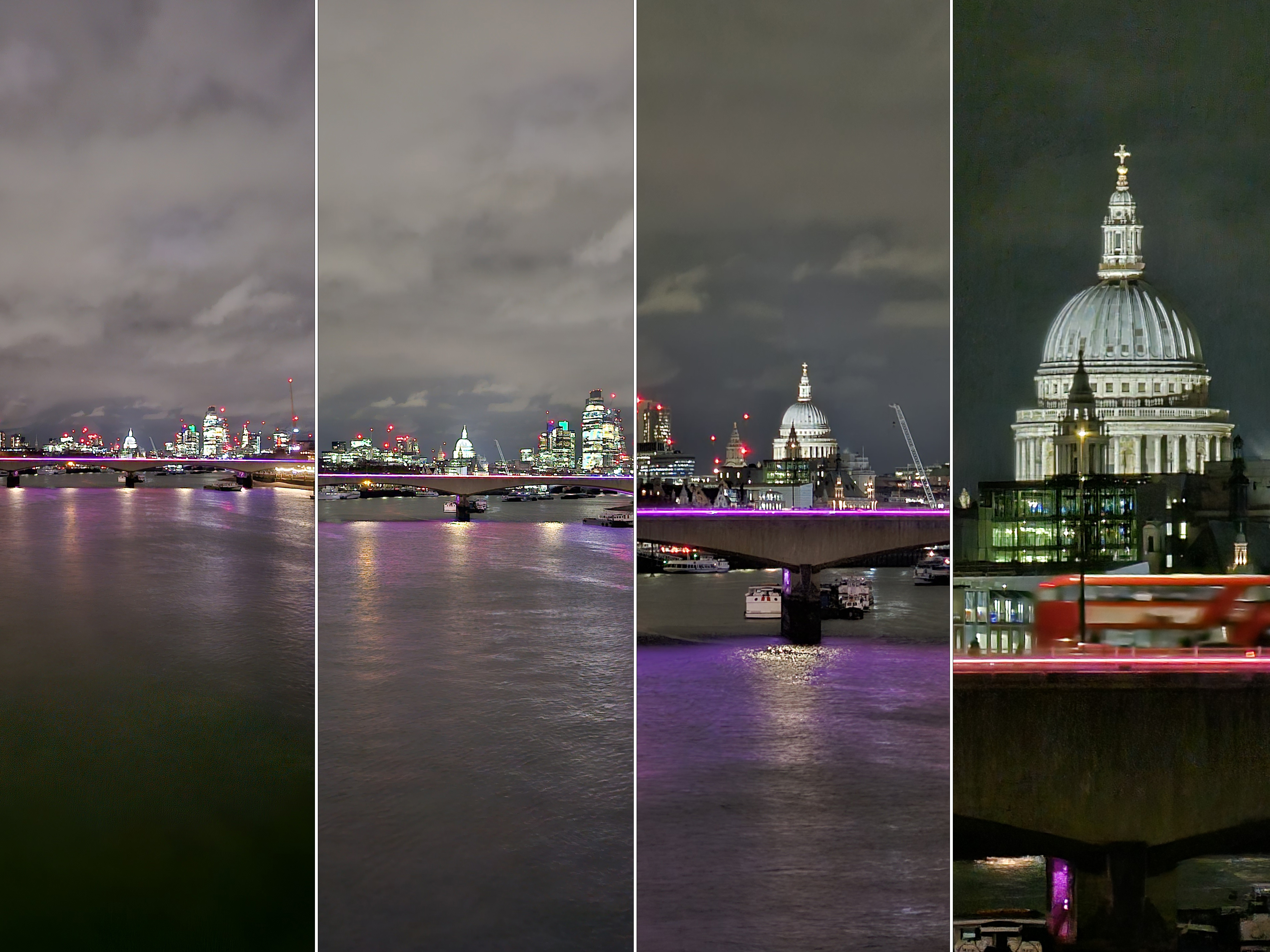
While the previous samples with shot with the standard Photo mode, the above were taken using Night mode and highlight that the feature is best used in more extreme conditions with less light to work with, as the telephoto sensors in particular suffer from a green tinge and more noise here.
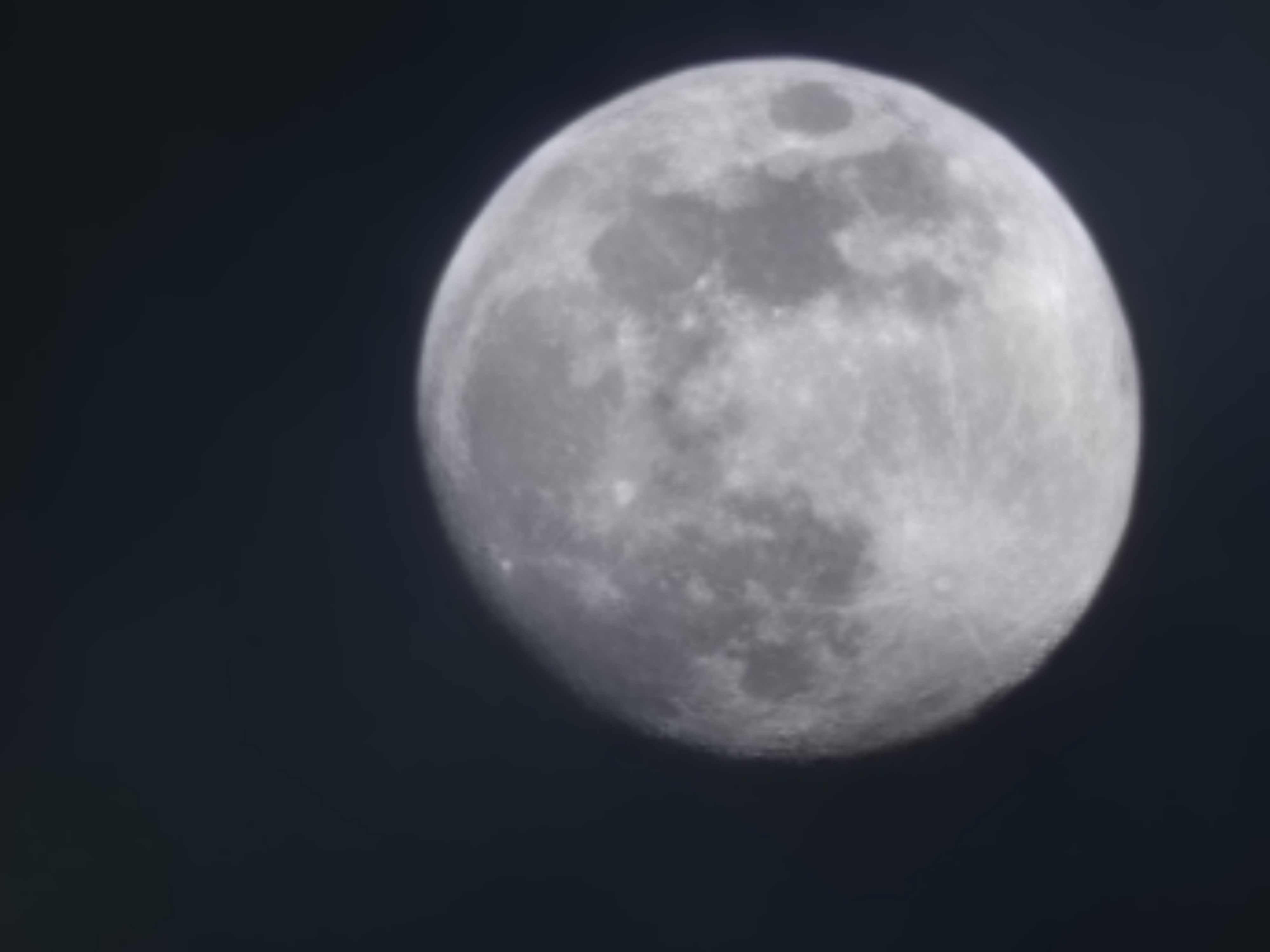
Sure, it may be little more than a party trick, but being able to capture a shot of the moon – from the Sea of Tranquility (top center) to the Tycho Crater (bottom right) – like this on a smartphone, always feels like magic.
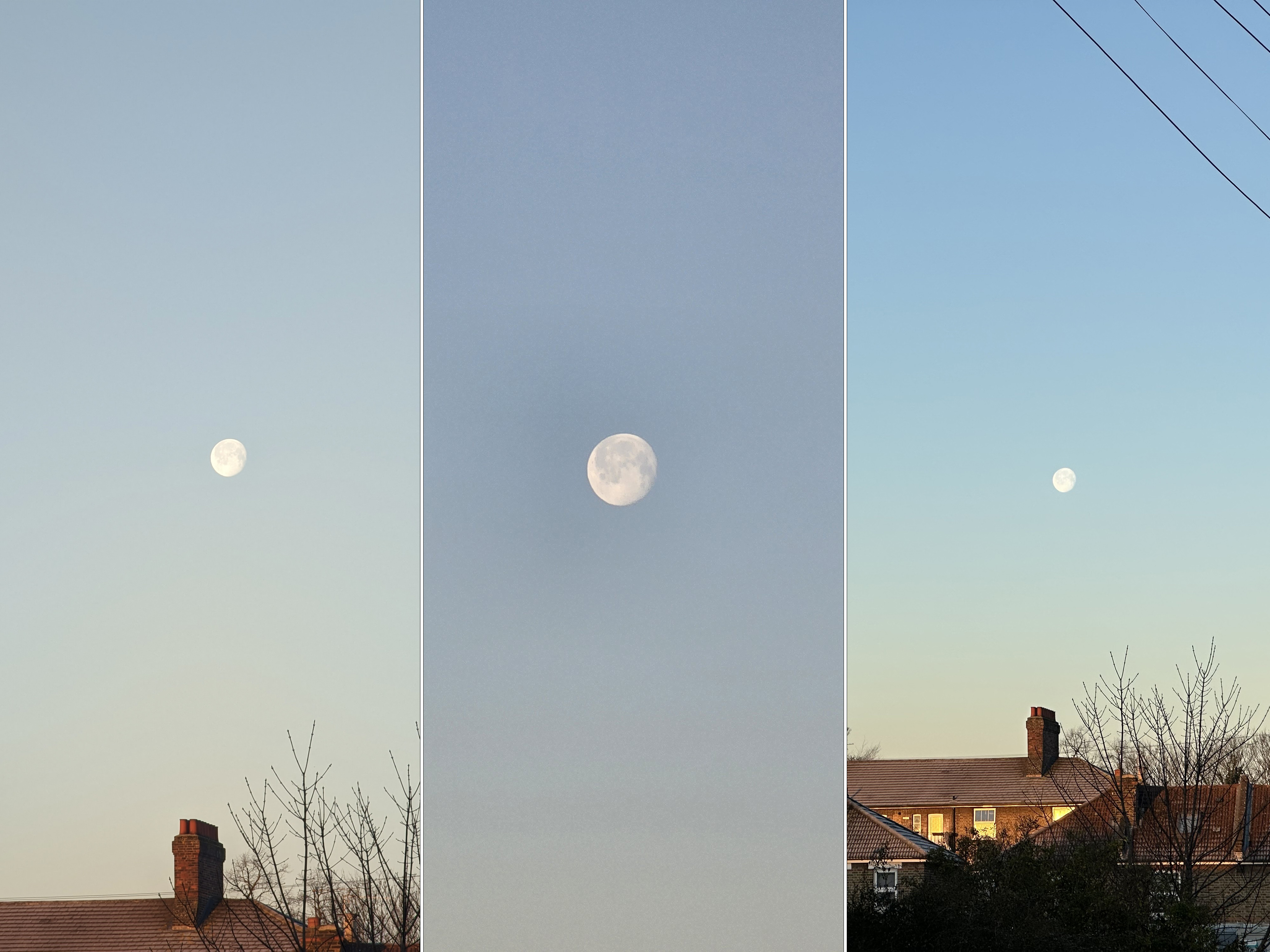
Pixel 7 Pro (left) | Galaxy S23 Ultra (center) | iPhone 14 Pro Max (right)
Notice the color difference in the sky between the S23 Ultra and its biggest rivals at their respective maximum optical zoom ranges (5x, 10x and 3x).
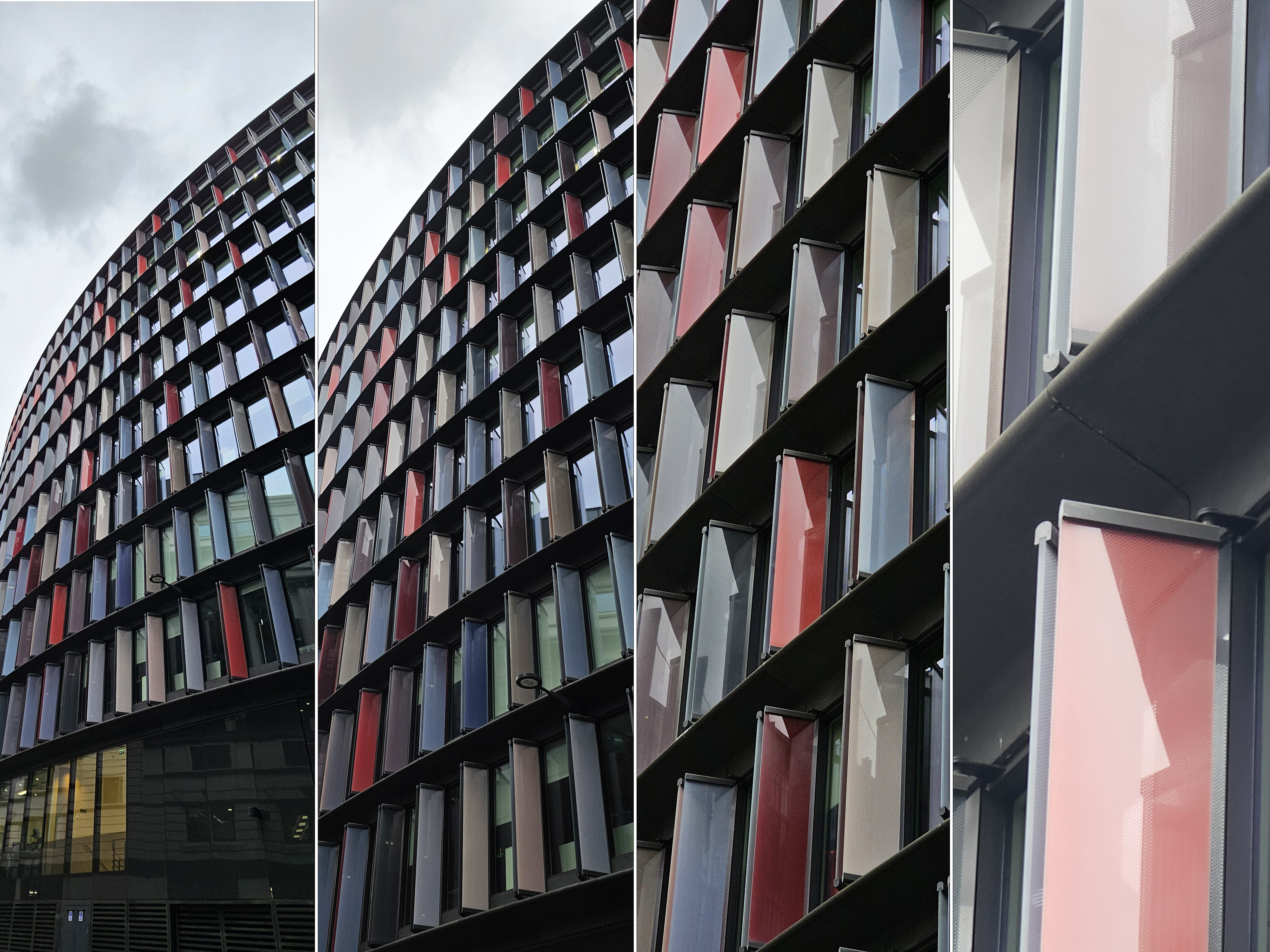
The (presumed) matrix metering mentioned earlier not only affects exposure, but color reproduction across the phone's various rear sensors. Notice how washed out the 10x zoom sample (left) looks, compared to the same section of the building at short focal lengths.
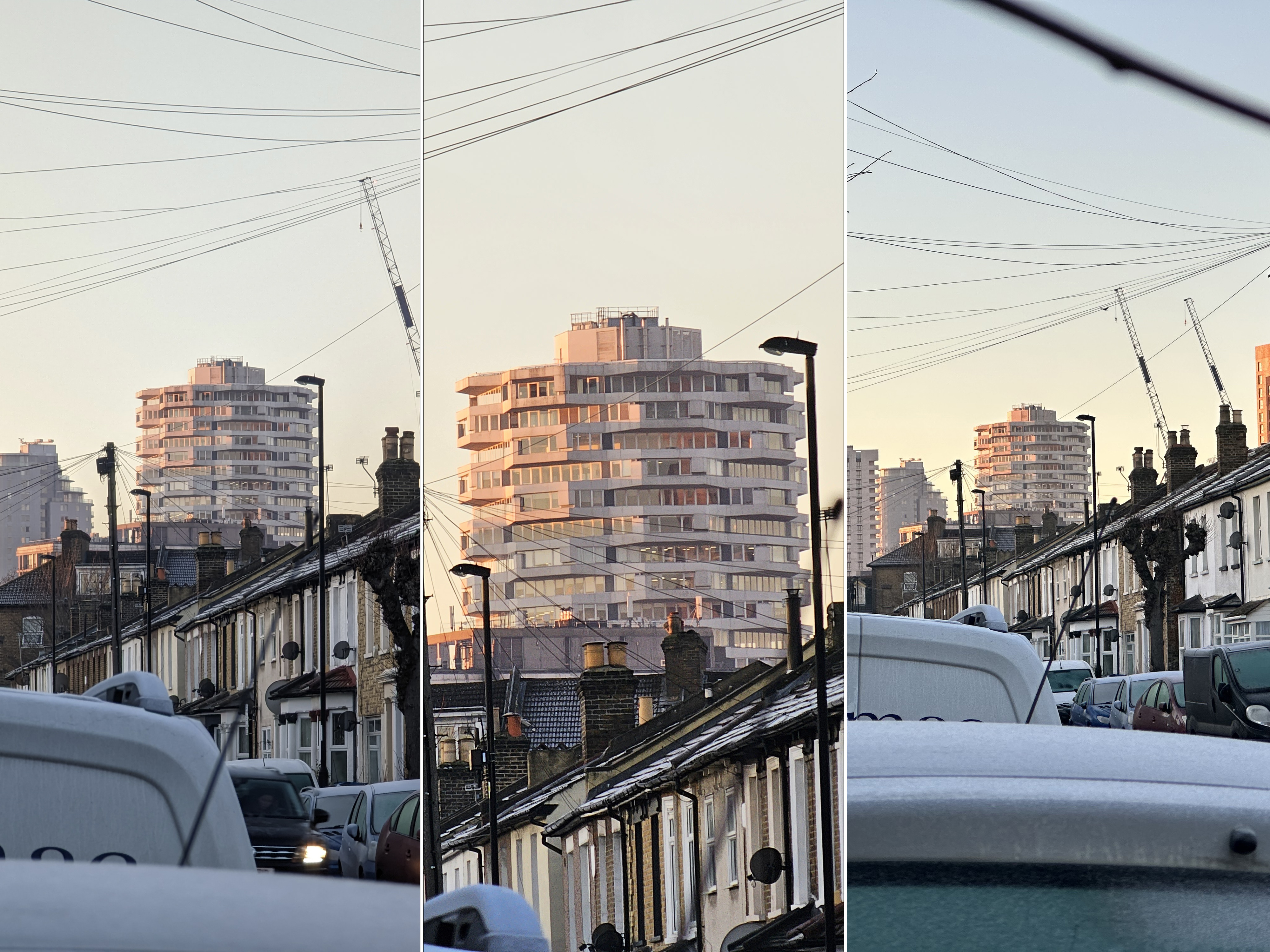
Pixel 7 Pro (left) | Galaxy S23 Ultra (center) | iPhone 14 Pro Max (right)
All three phones offer impressive detail capture at their maximum optical zoom ranges, however, in this example the Pixel's handling of dynamic range offers up greater detail in the darkest areas of frame.
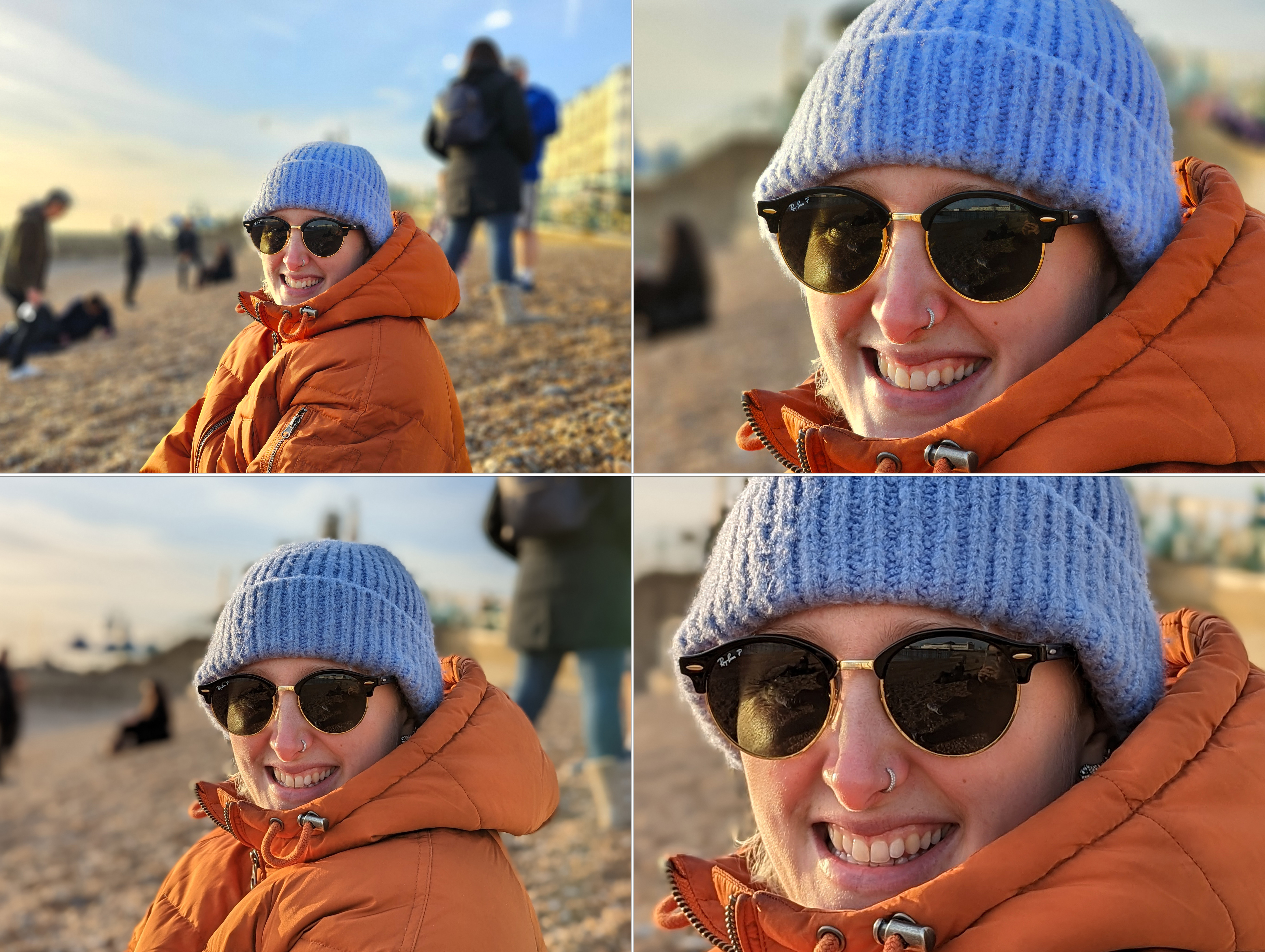
Galaxy S23 Ultra (top) | Pixel 7 Pro (bottom)
Both the Ultra and the Pixel serve up a pleasing portrait photography at multiple focal lengths, with a nice level of bokeh and robust edge detection around the subject in both instances. The Pixel's blur looks more natural by default but both phones let you adjust the amount of blur and area of focus after the fact, which is really powerful.

While there's a degree of consistency – in terms of dynamic range across the S23 Ultra's zoom range in low light – the 3x sensor processed colors differently and the primary 200MP sensor used all that additional image data to quash noise far better than any other camera on the phone's back.
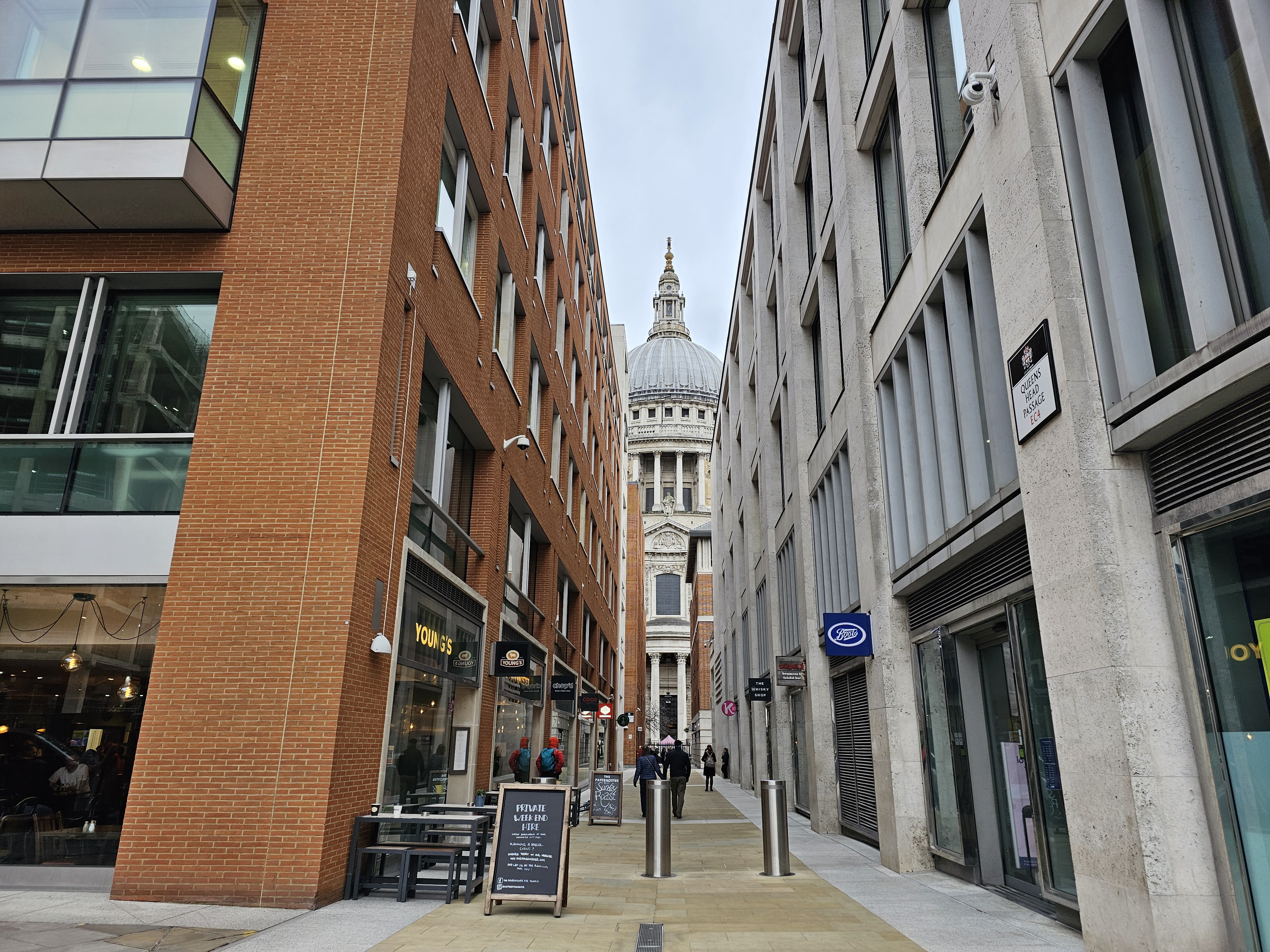

Samsung's bias for 'pop' means blacks along the cat's flank in this portrait shot are completely crushed; a scenario where shooting in Expert RAW might have been prudent.
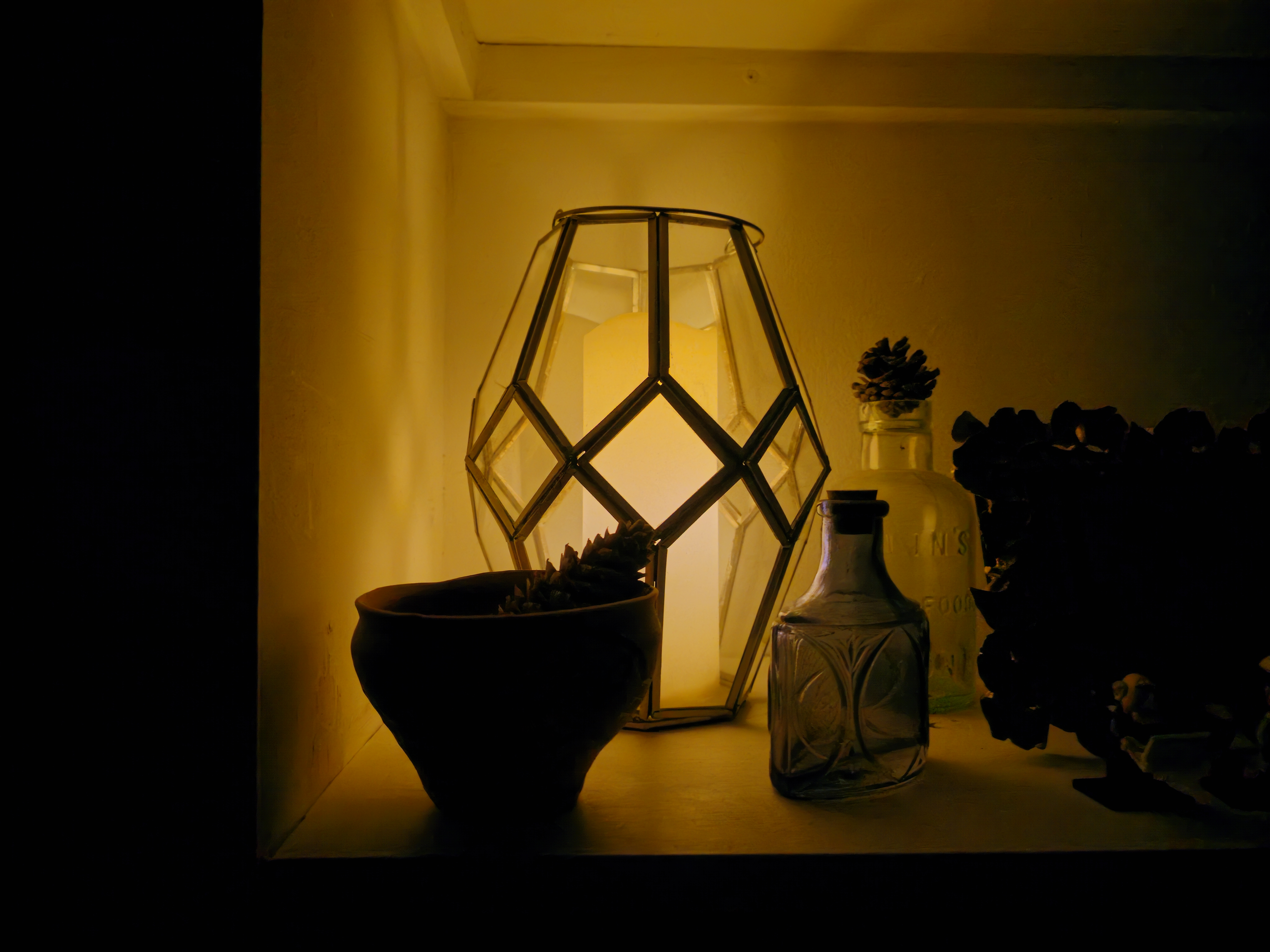
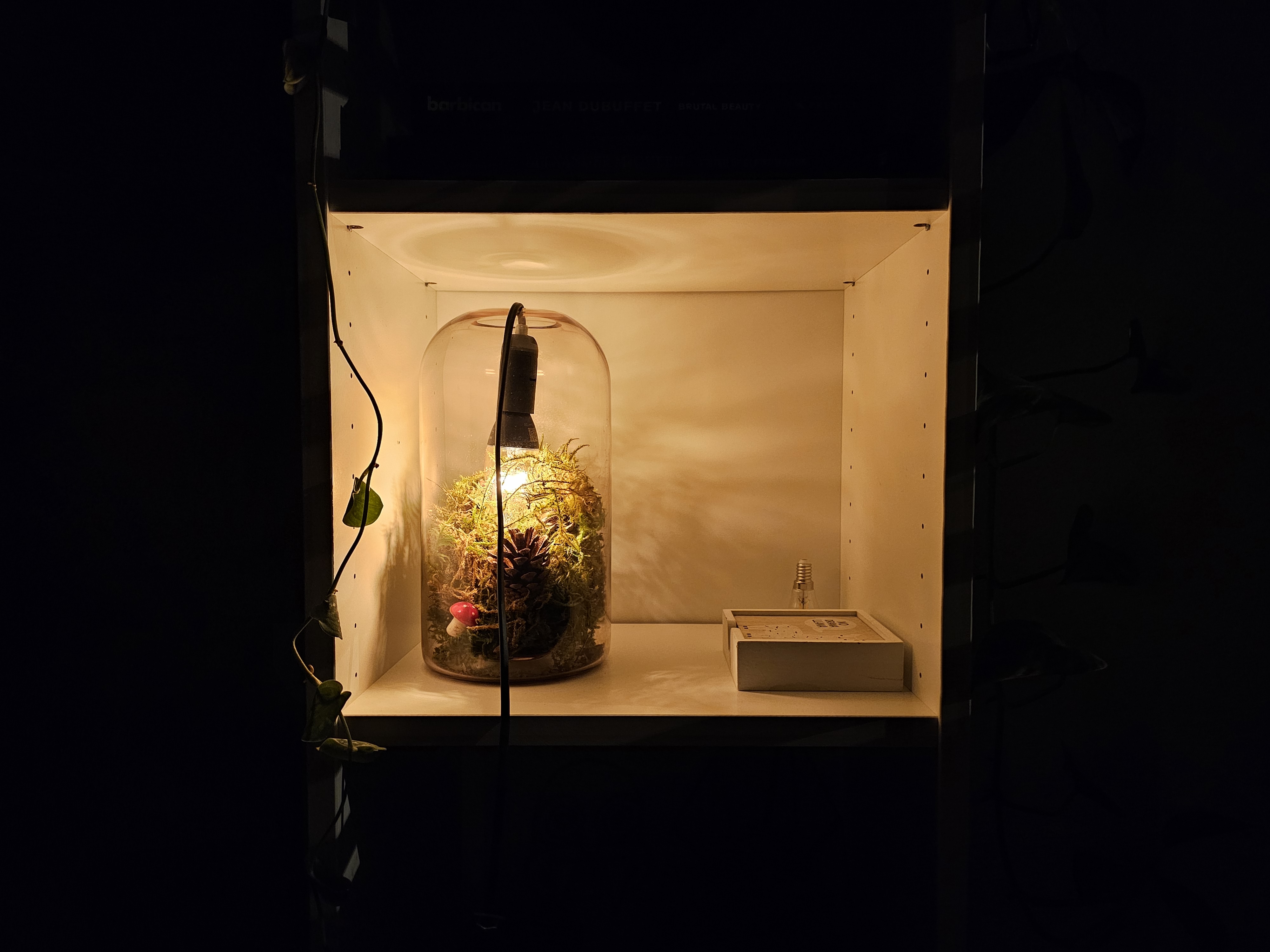

Main...

...ultrawide.
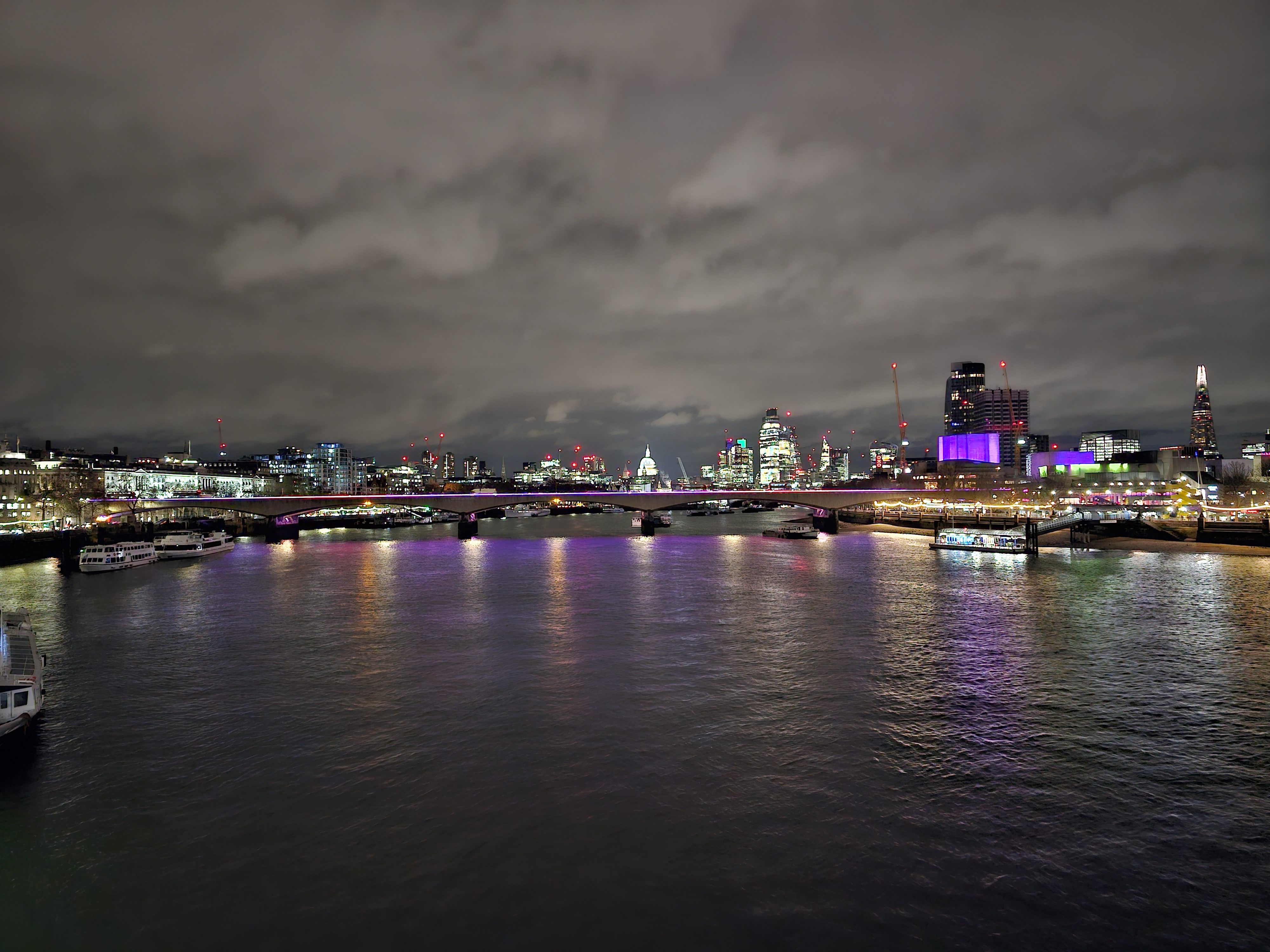

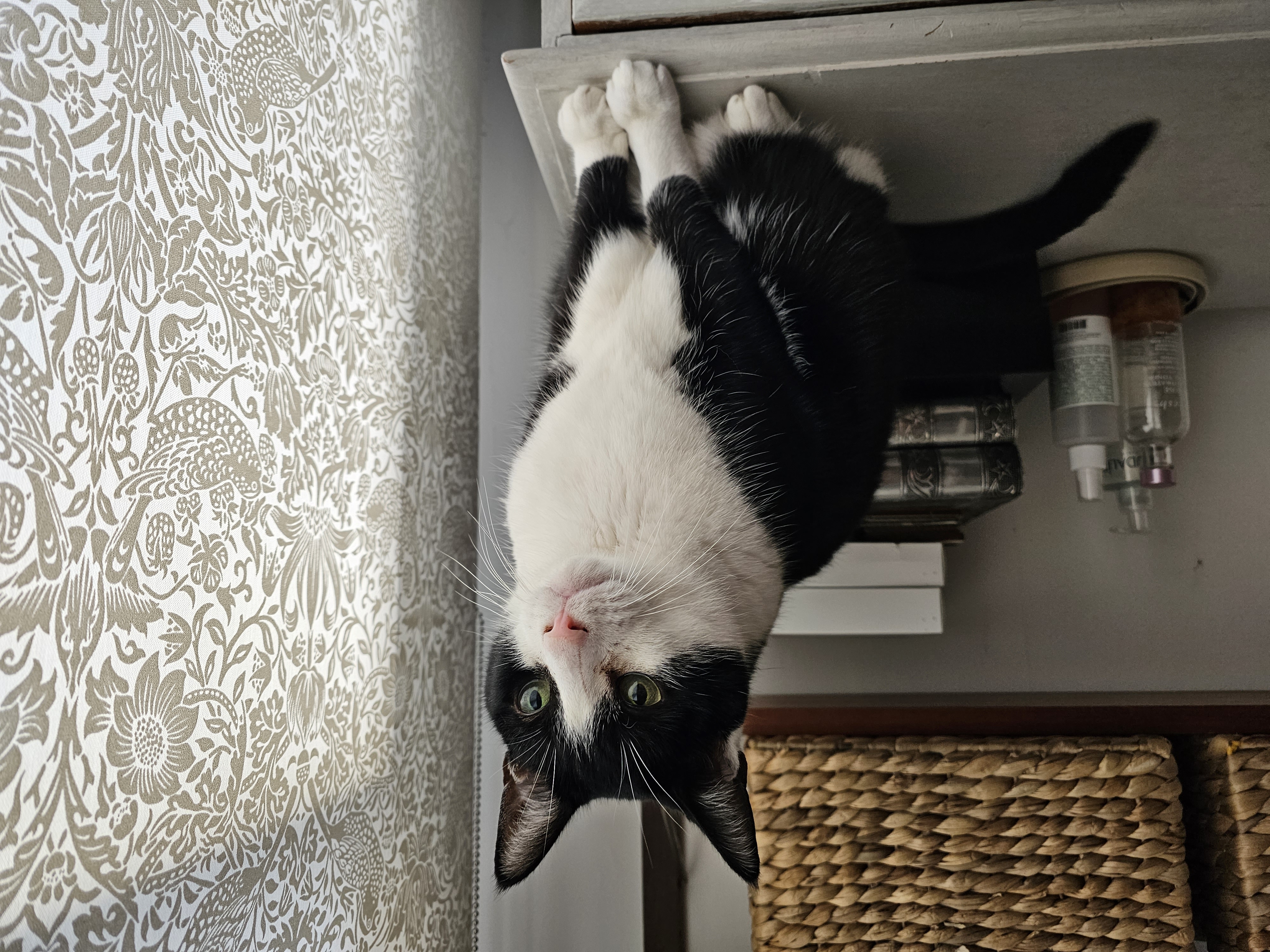
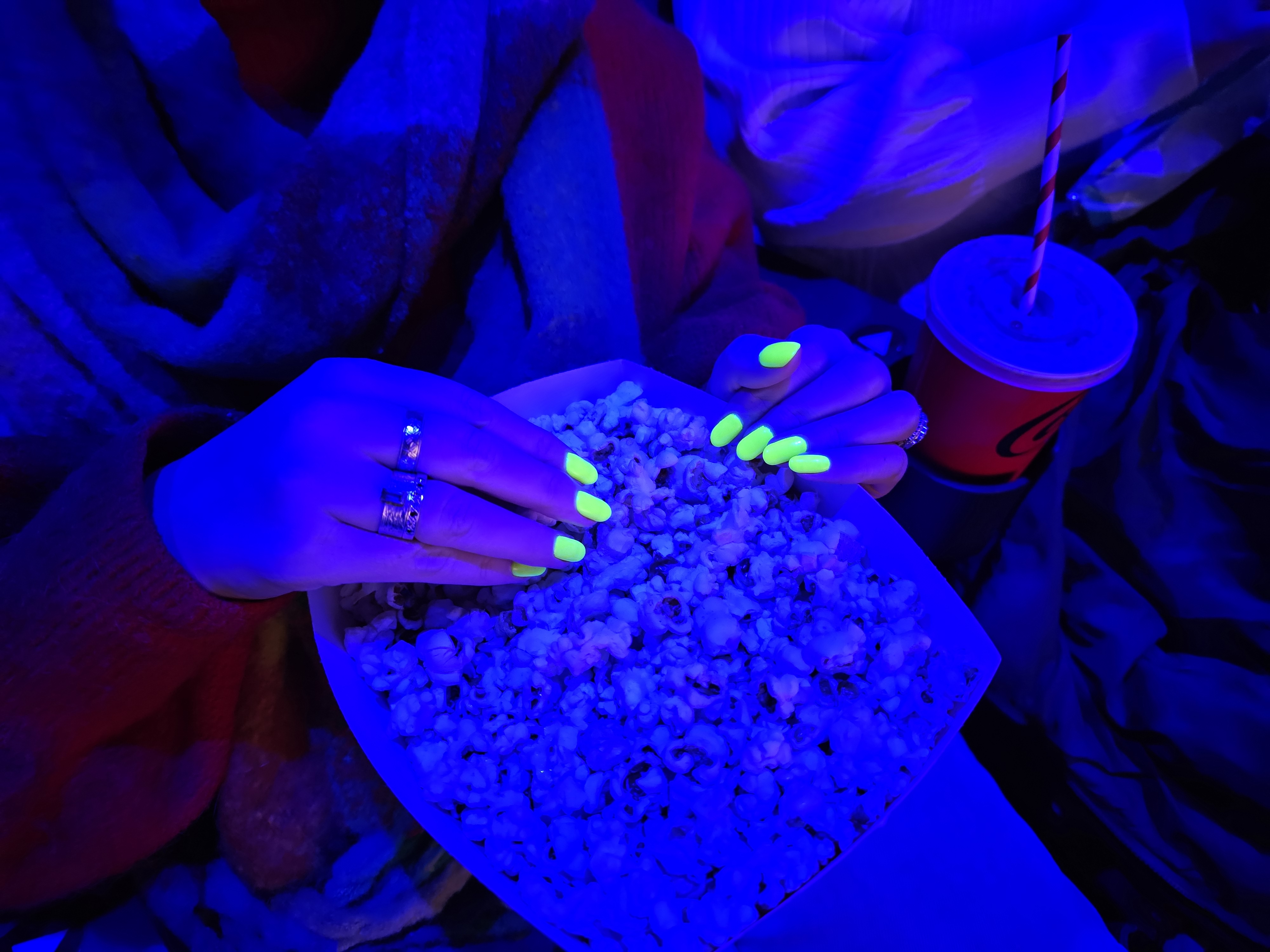
The Galaxy S23 Ultra isn’t a slouch in the other departments either. While its has quite a varied spread of components, all shots taken with this phone have a similar look and tone. Samsung’s punched-up vibrancy makes these shots ideally suited to social media posts.
This one’s a toss up between the Galaxy S23 Ultra’s jack of all trades flexibility and the Pixel 8 Pro’s one-shot mastery.
Google Pixel 8 Pro vs Samsung Galaxy S23 Ultra: performance and software
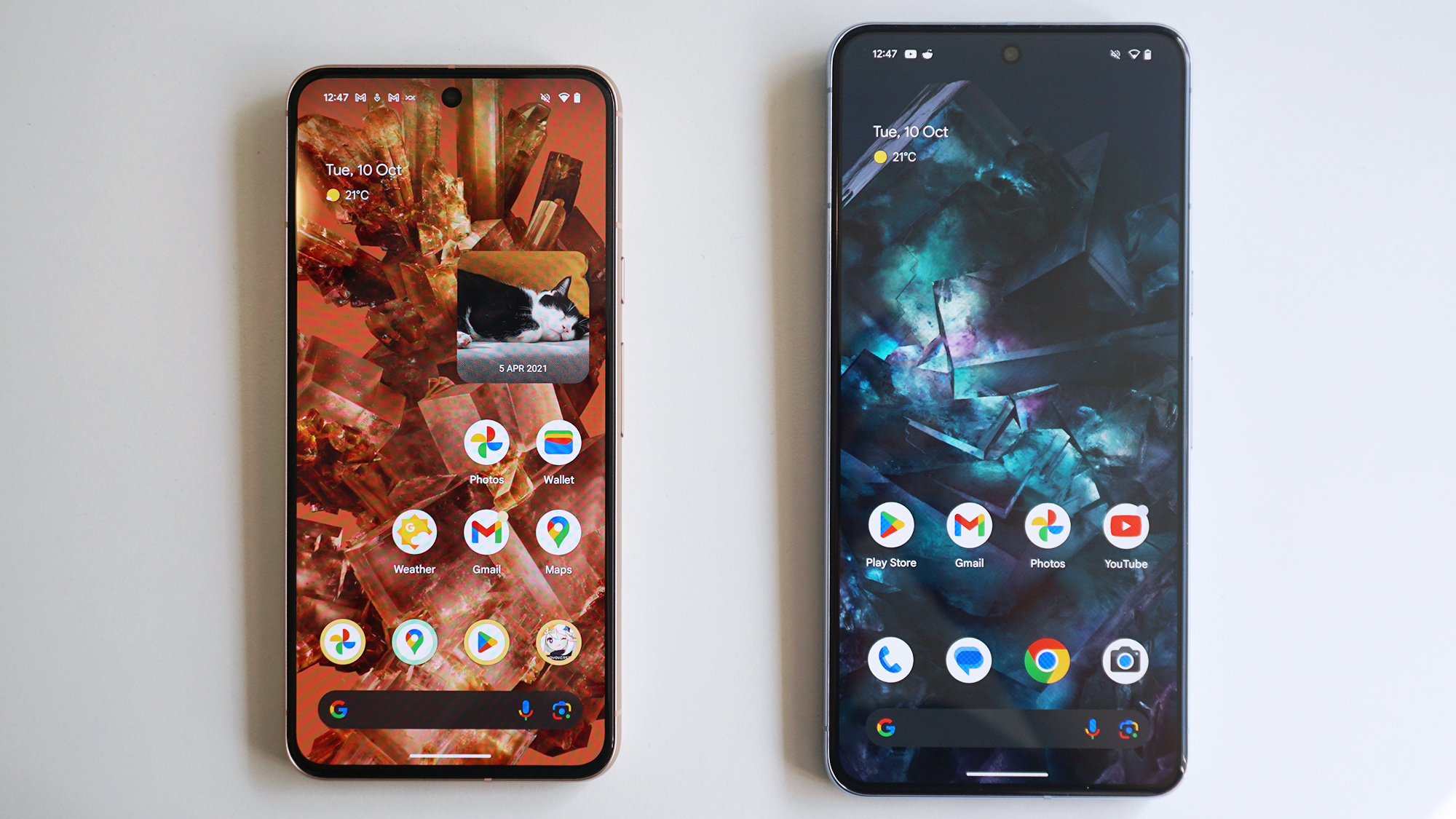
In a straight performance shoot-out, the Samsung Galaxy S23 Ultra is the clear winner. Its slightly overclocked Snapdragon 8 Gen 2 chip is simply much faster than the Pixel 8 Pro’s custom Tensor G3 chip, both in CPU and GPU terms.
Yes, both are built to the same 4nm standard, but benchmark tests across the board show the Galaxy S23 Ultra’s Qualcomm chip to be the better runner.
Of course, Google would argue that its processor is fast enough where it matters, and we’d agree that you’d struggle to spot the difference in day to day usage. Both run apps and games extremely well, though of course the Snapdragon 8 Gen 2 will have more headroom and longevity given its superior output.
The point here, however, is that Google doesn’t think having the fastest CPU and GPU matters. What matters is a chip’s AI smarts, and it’s the Tensor G3 that enables the Pixel 8 Pro to pull those clever camera editing tricks mentioned above, or to do things like real time transcription and translation.
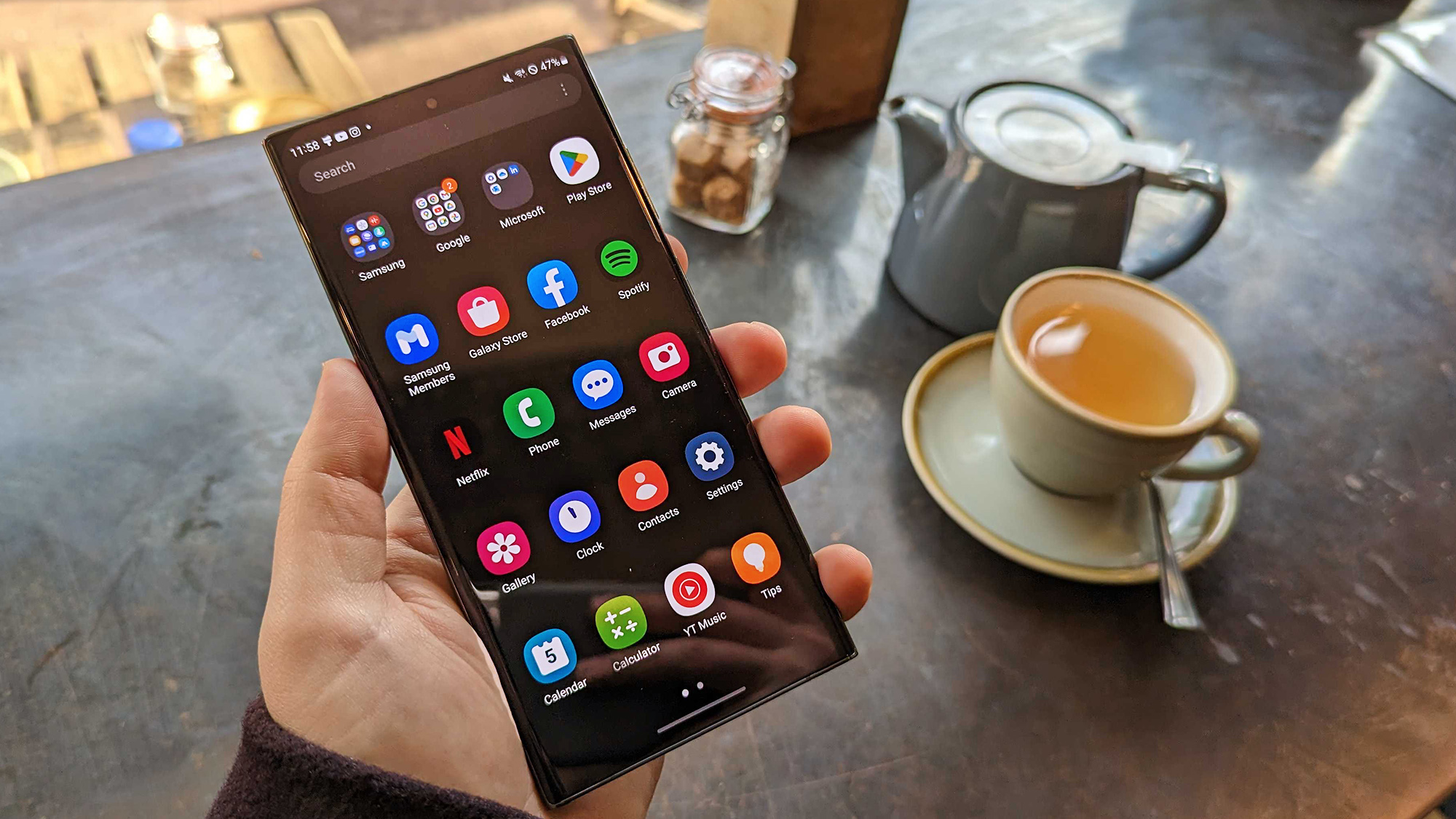
Having said that, we found that the Pixel 8 Pro wasn’t faultless, even in this regard. During our review period, it stumbled and faltered when editing photos with the new Magic Editor, as well as when using the new AI wallpaper feature.
This could just be a software issue, of course, in which case it’s almost certain to be fixed. Indeed, Google is promising a landmark seven years of software support for the Pixel 8 Pro, which is unheard of in Android circles. Samsung only offers up to four years of OS updates and five years of security updates for the Galaxy S23 Ultra – an area where it once led on the Android update space.
Google also wins a lot of love for its clean, stock take on Android. It looks and feels far nicer than Samsung’s One UI, and it’ll get updates earlier.
Of course, for some people, Samsung’s One UI is Android, and they wouldn’t swap its high degree of customization for anything. It’s a power user’s dream in a way that Google’s more focused take isn’t.
Google Pixel 8 Pro vs Samsung Galaxy S23 Ultra: battery
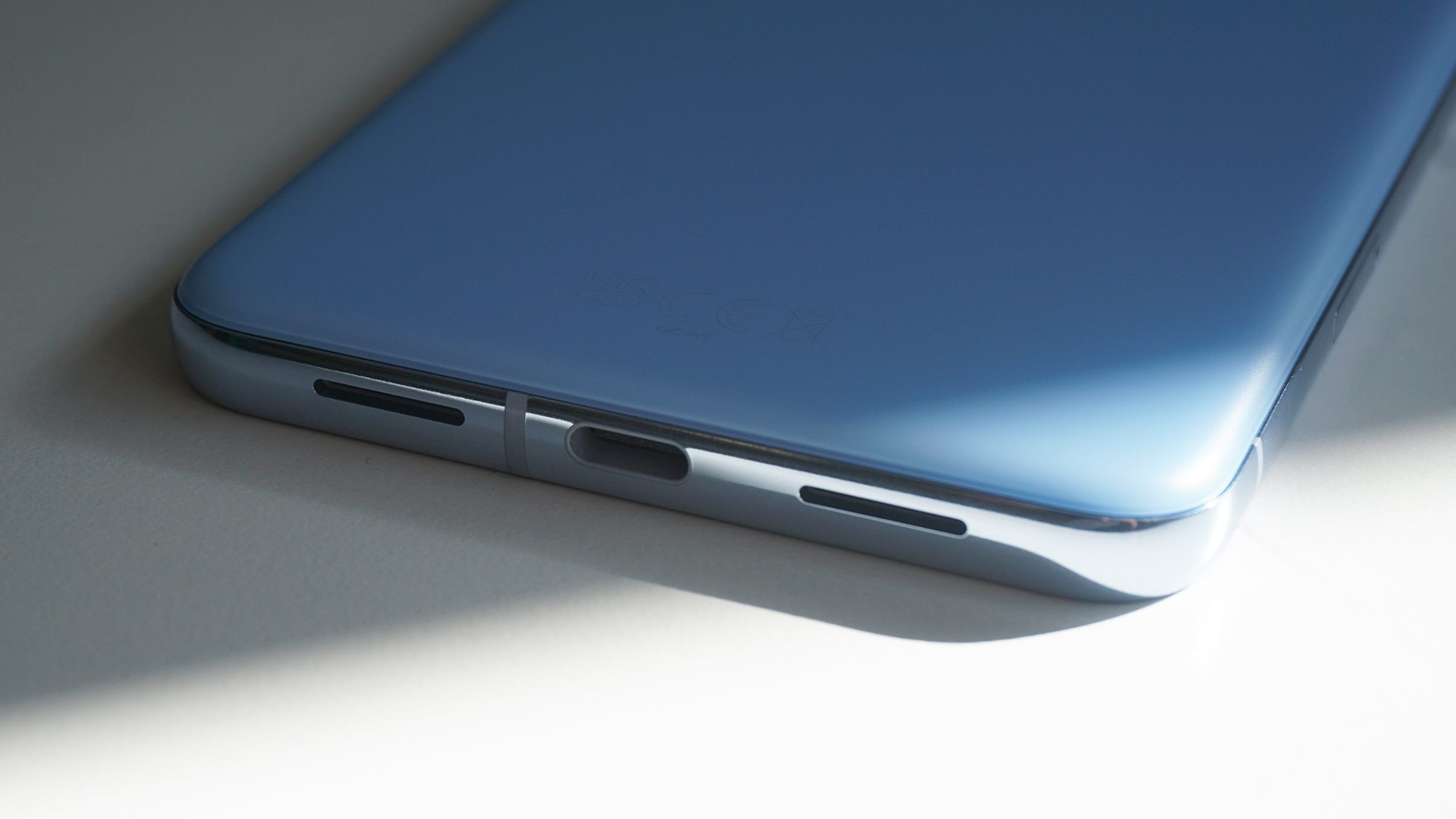
Both of these manufacturers give you 5,000mAh-ish batteries, so you’d expect them to provide similar stamina. In practical terms, both can get you through a day of intensive usage quite comfortably.
We’d probably give the Galaxy S23 Ultra the edge here for its potential to go well beyond that point, deep into a second day. It also stands up to extreme use better than almost any other phone we’ve used, providing around eight hours of screen-on time.
The Galaxy S23 Ultra also supports 45W wired charging to the Pixel 8 Pro’s 30W support. In practice, both will go from 0 to 50% in around half an hour, so it’s not a huge advantage.
Google’s phone will get you charged up a little faster wirelessly though, at least if you’ve got the 23W second-gen Pixel Stand. The Galaxy S23 Ultra only supports regular 15W Qi charging. Again, it’s a fairly minor distinction.
Google Pixel 8 Pro vs Samsung Galaxy S23 Ultra: verdict
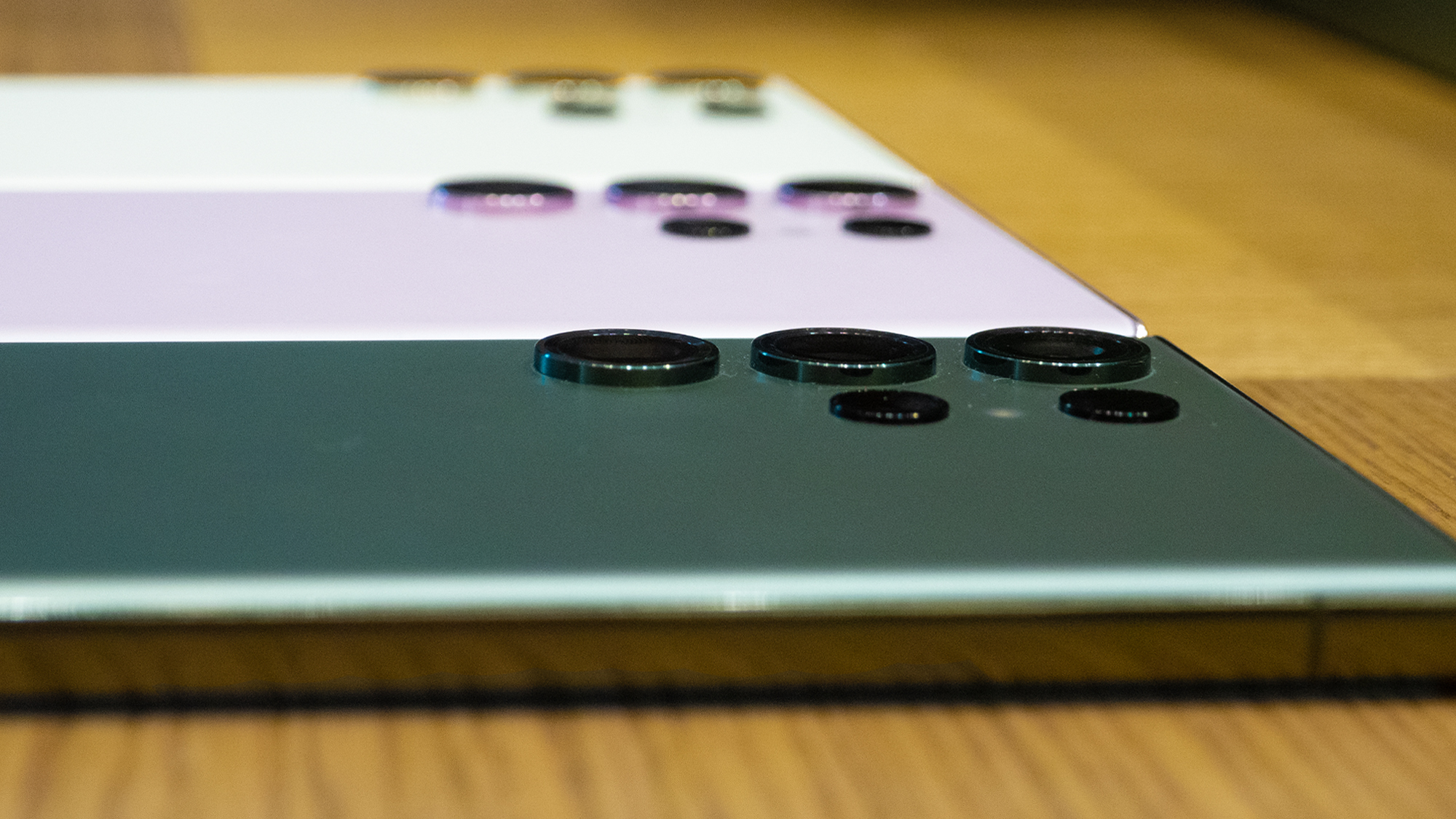
There’s no doubt about it, these are the two ultimate Android phones. In the Galaxy S23 Ultra we have arguably the best phone of 2023; with phenomenal performance, a supremely flexible camera system, and a stunningly big and accurate display, not to mention an integrated stylus and epic battery life.
Alternatively, there’s the Google Pixel 8 Pro, which toes the company line without question. It’s got a blissfully clean UI – this is Android at its absolute best – stunning one-shot and image-editing potential with its camera, and a delightfully sleek design.
The issue of price is a slightly tricky one. While the Pixel 8 Pro is much cheaper on paper, the fact that the Galaxy S23 Ultra is a little older means that you can pick one up for much lower than RRP.
You really can’t go wrong with either of these Android champs, but we still reckon that the Galaxy S23 Ultra is the better pick overall. It started 2023 as our favorite phone, and has us excited for what this year's Galaxy S24 Ultra will likely bring to the table.
Get daily insight, inspiration and deals in your inbox
Sign up for breaking news, reviews, opinion, top tech deals, and more.